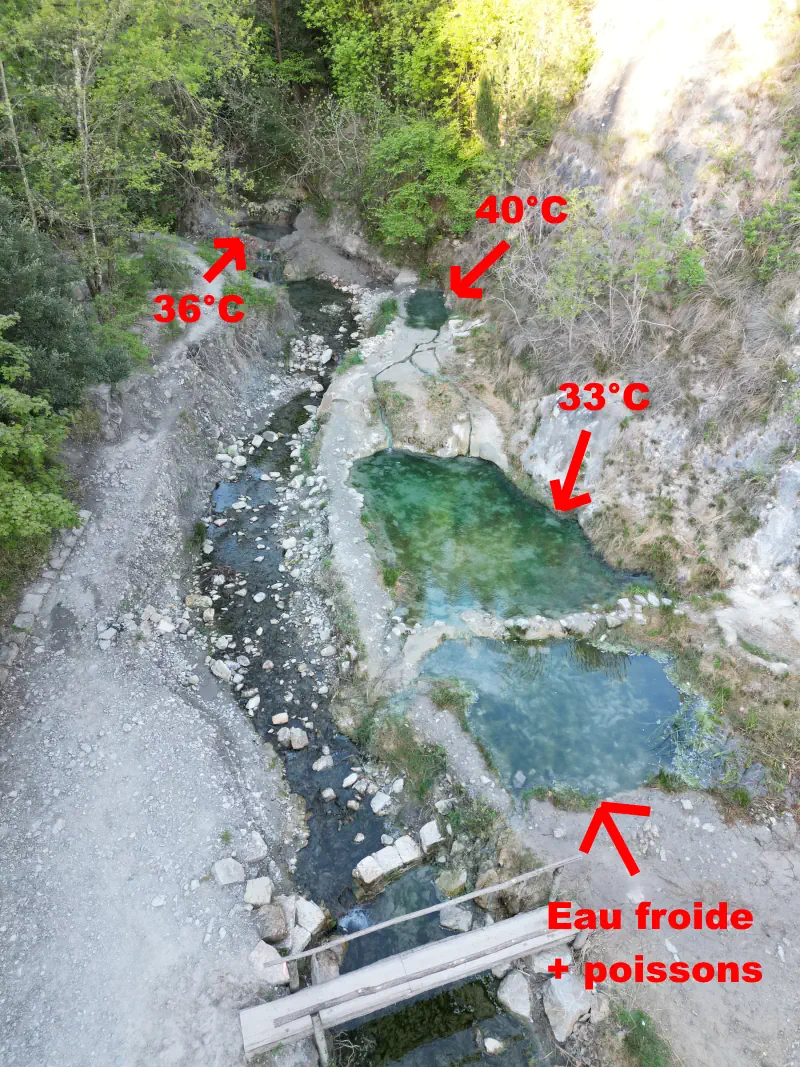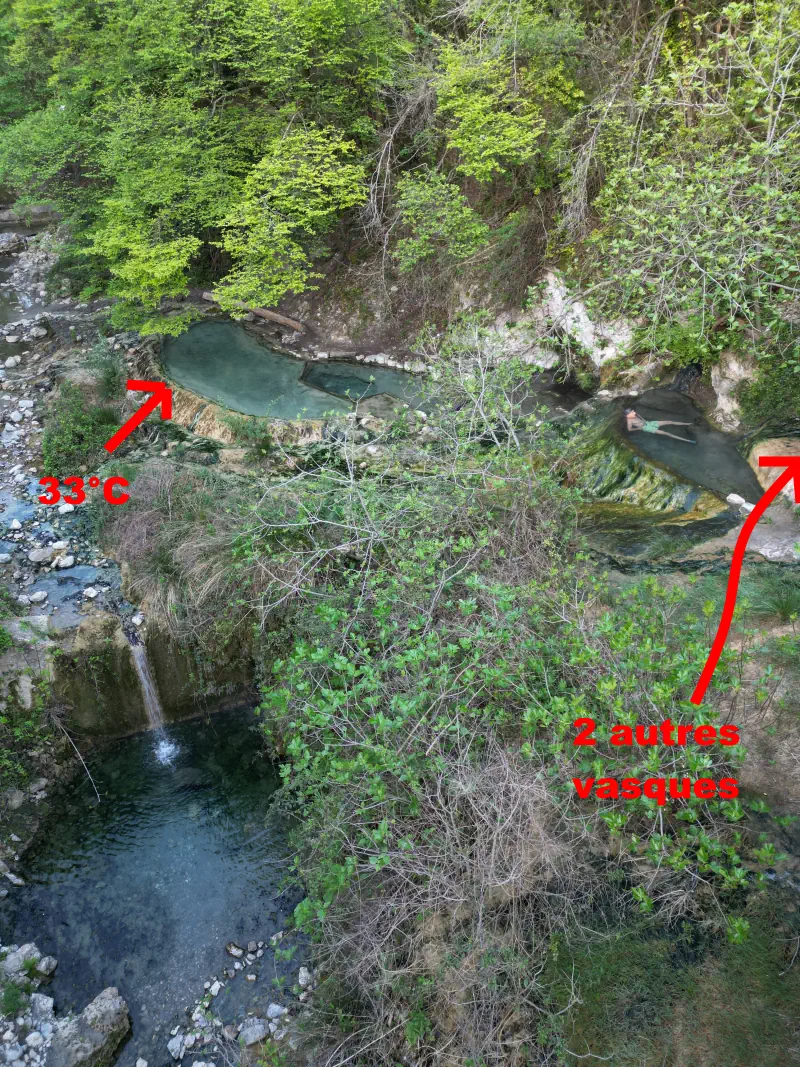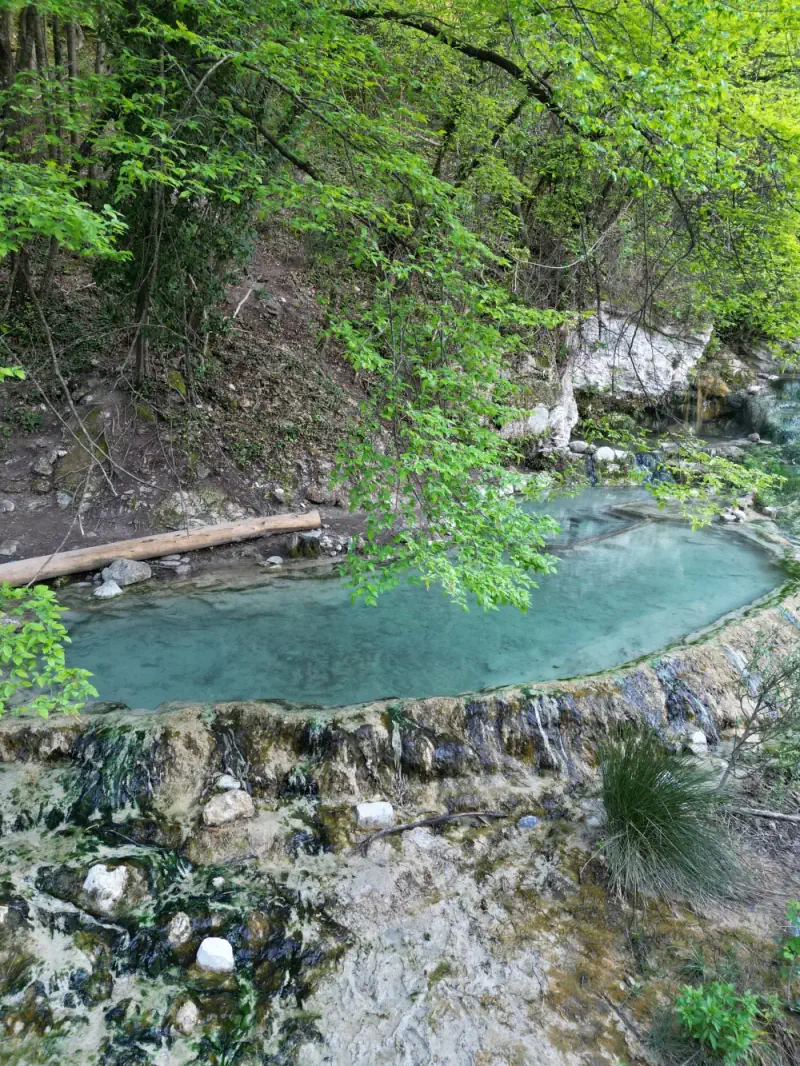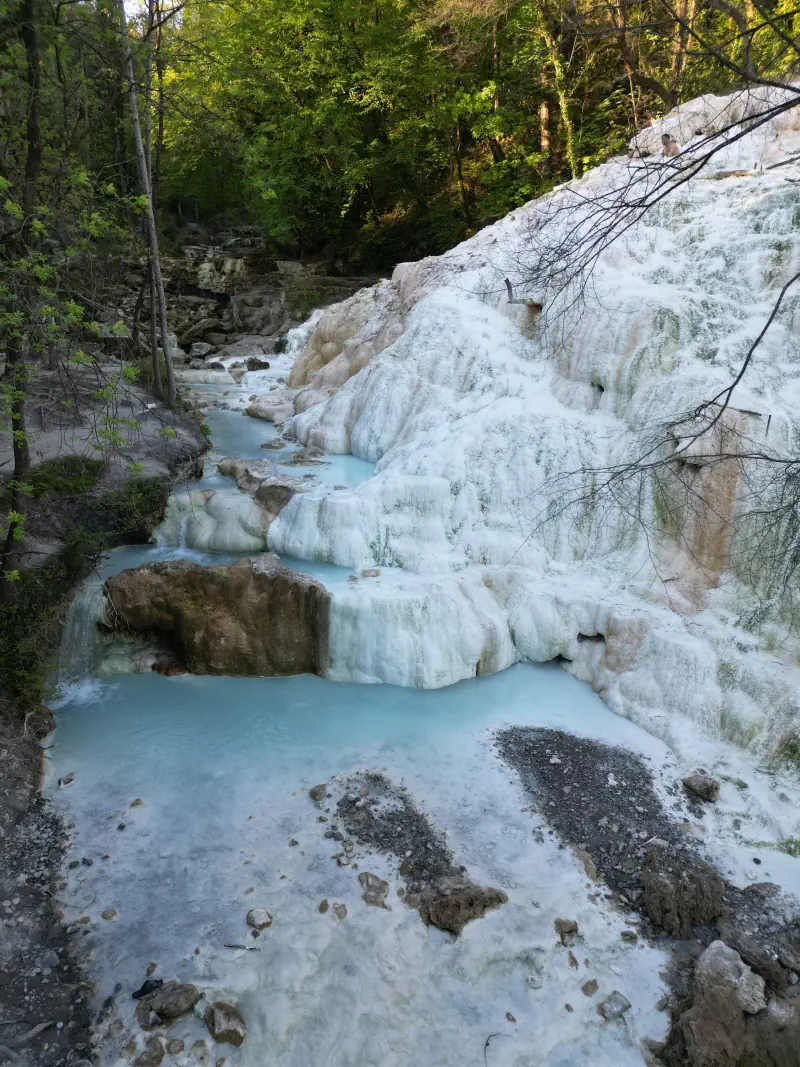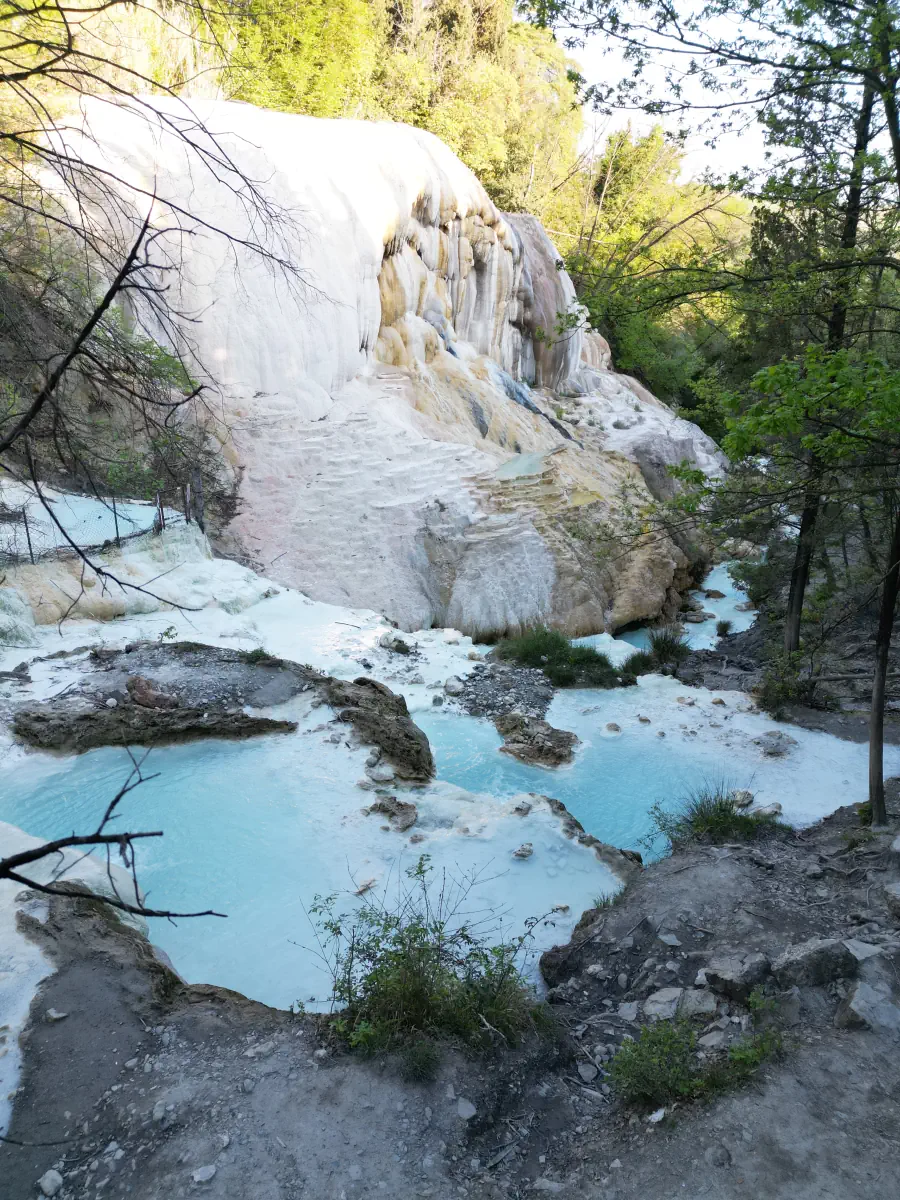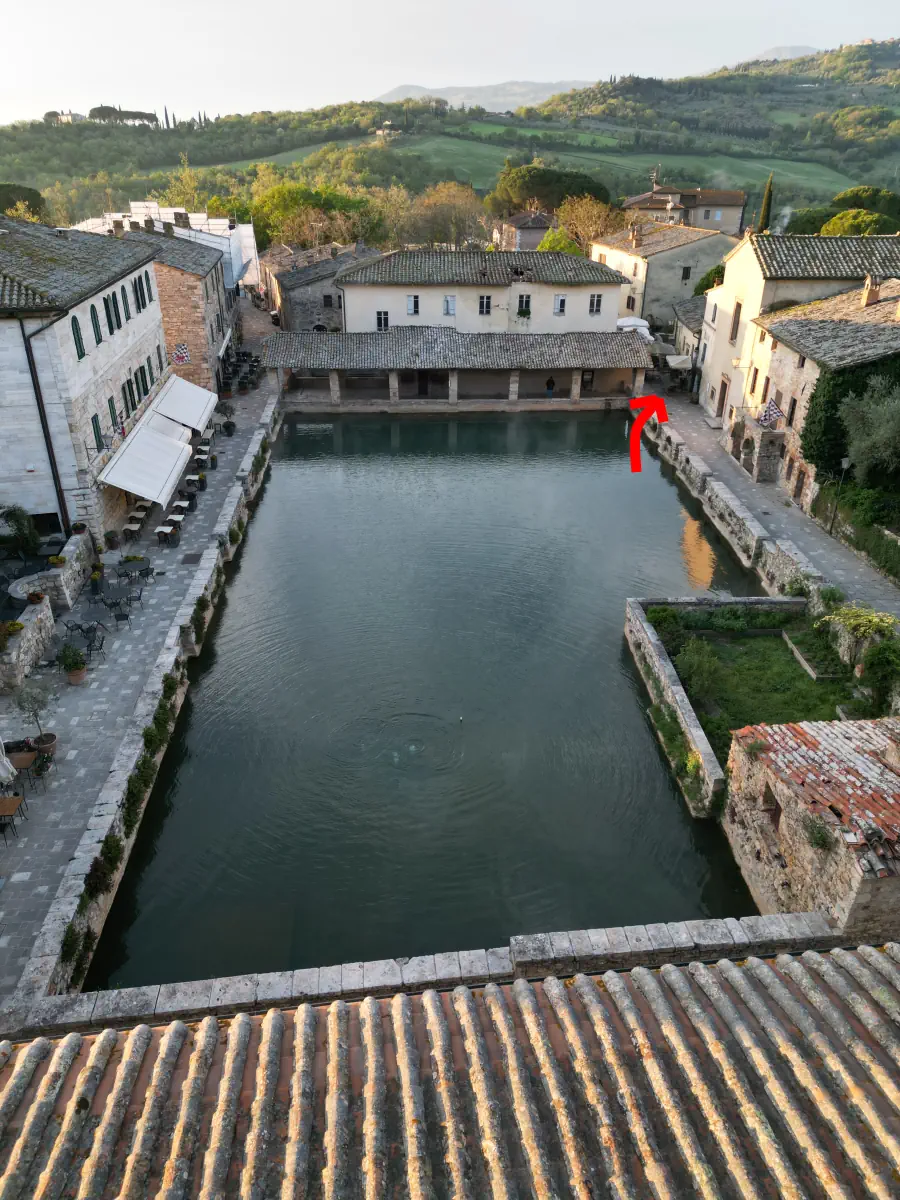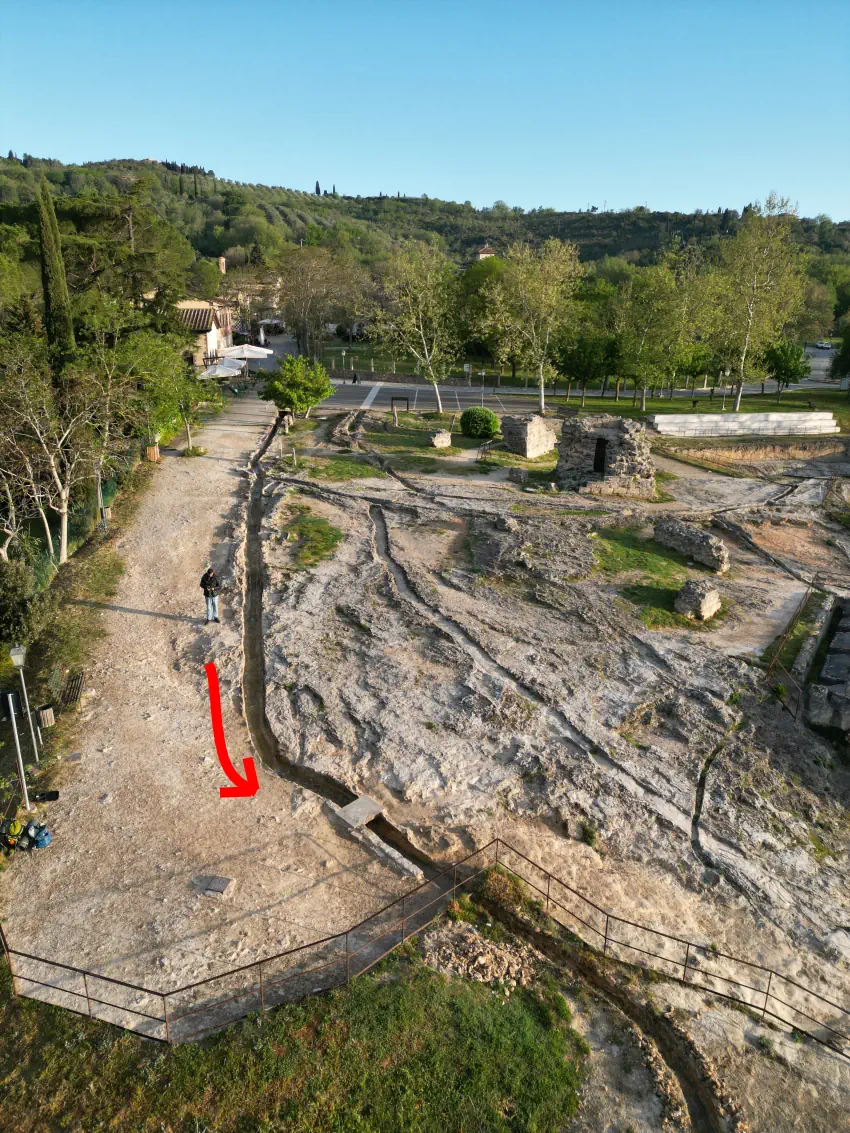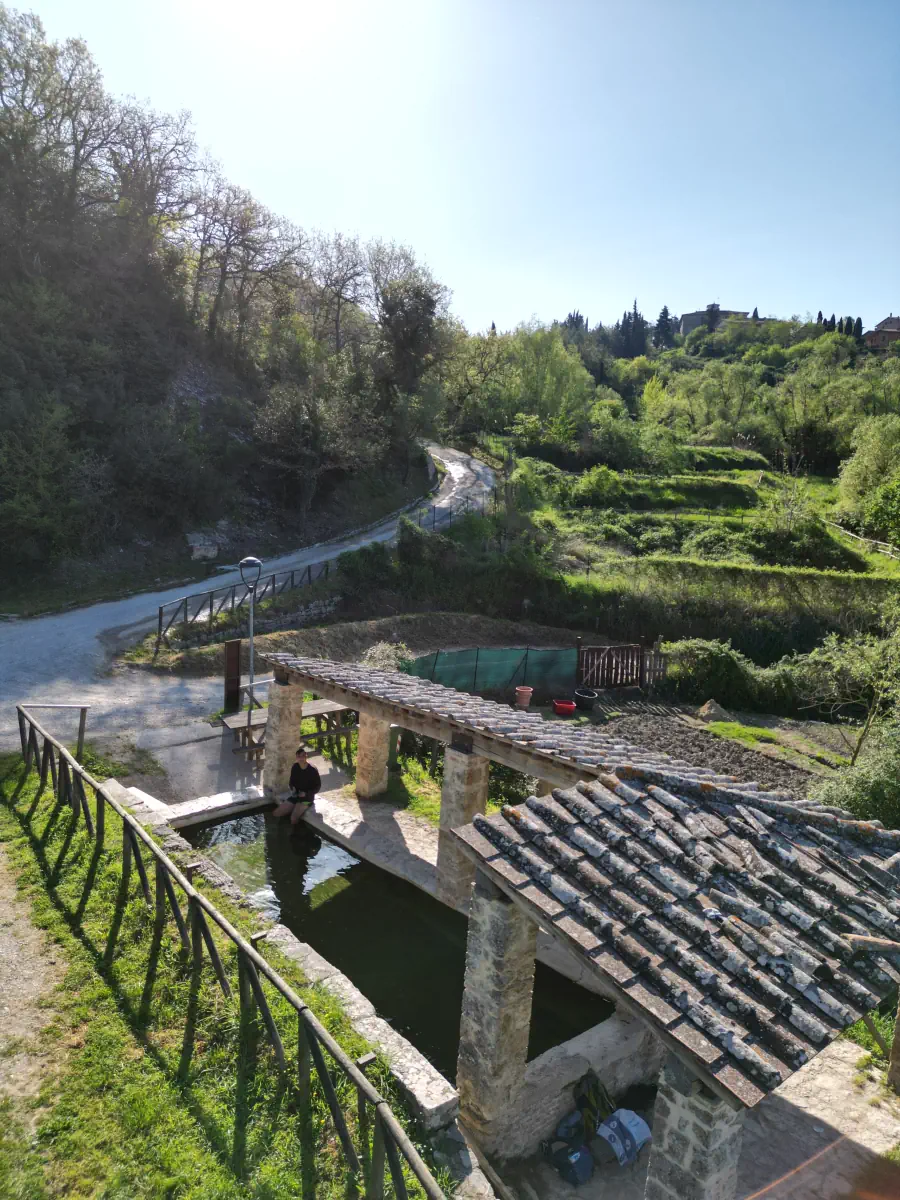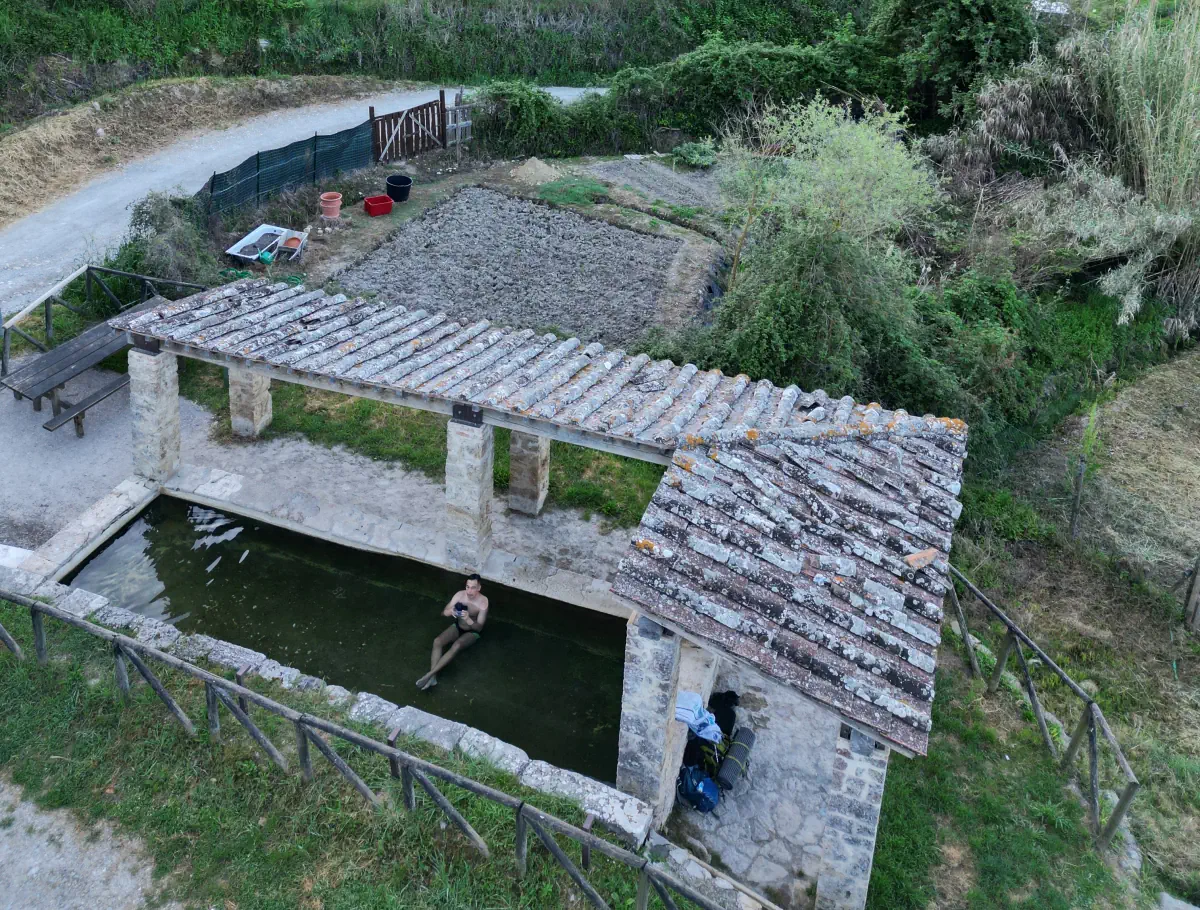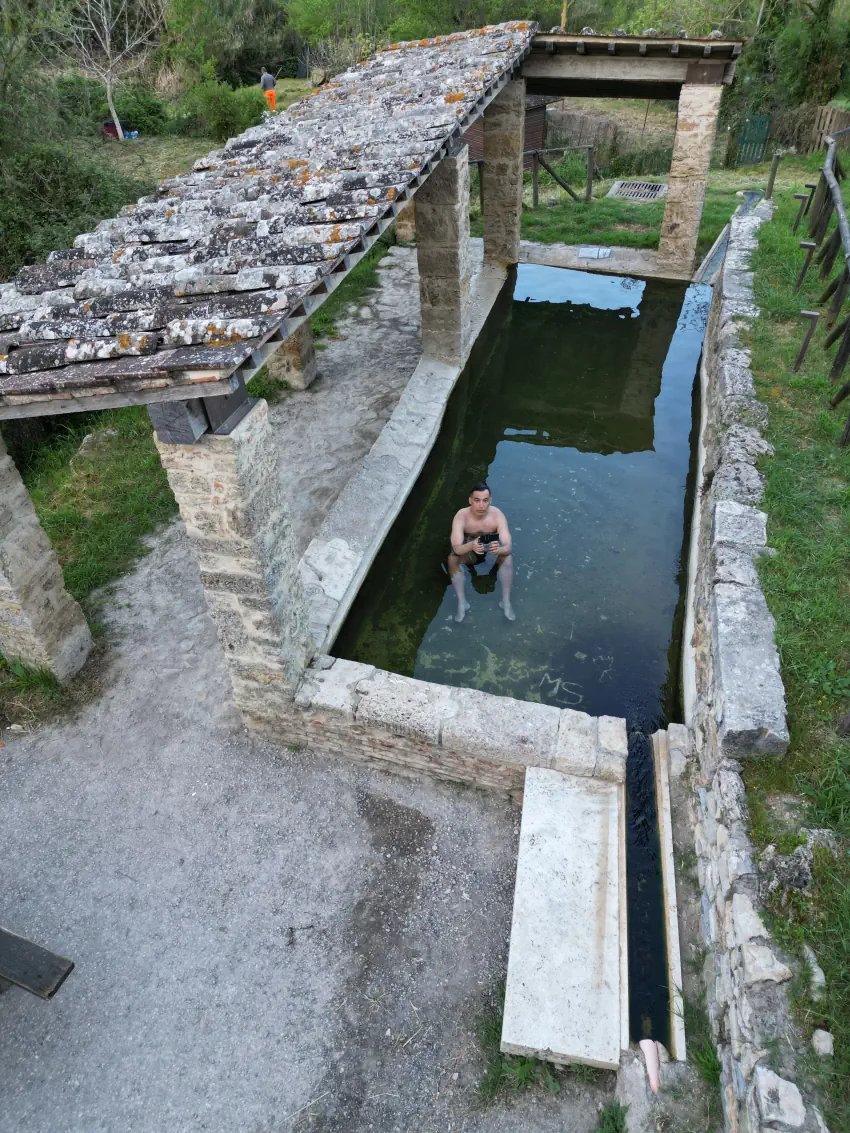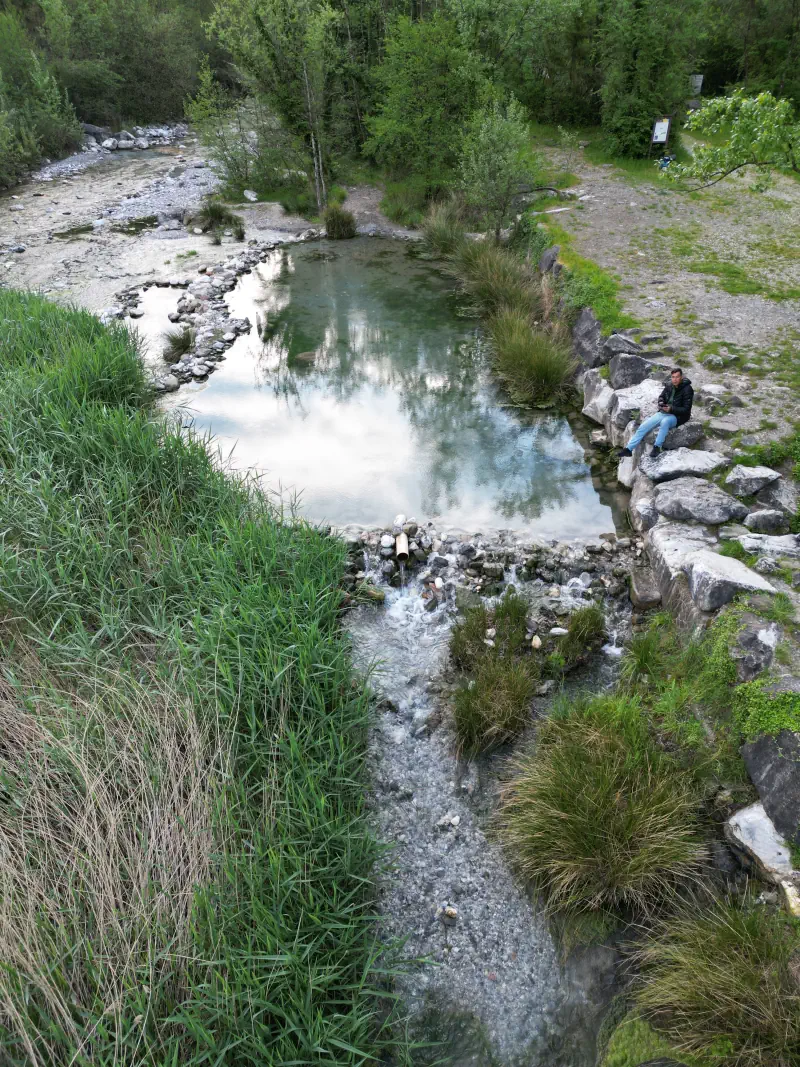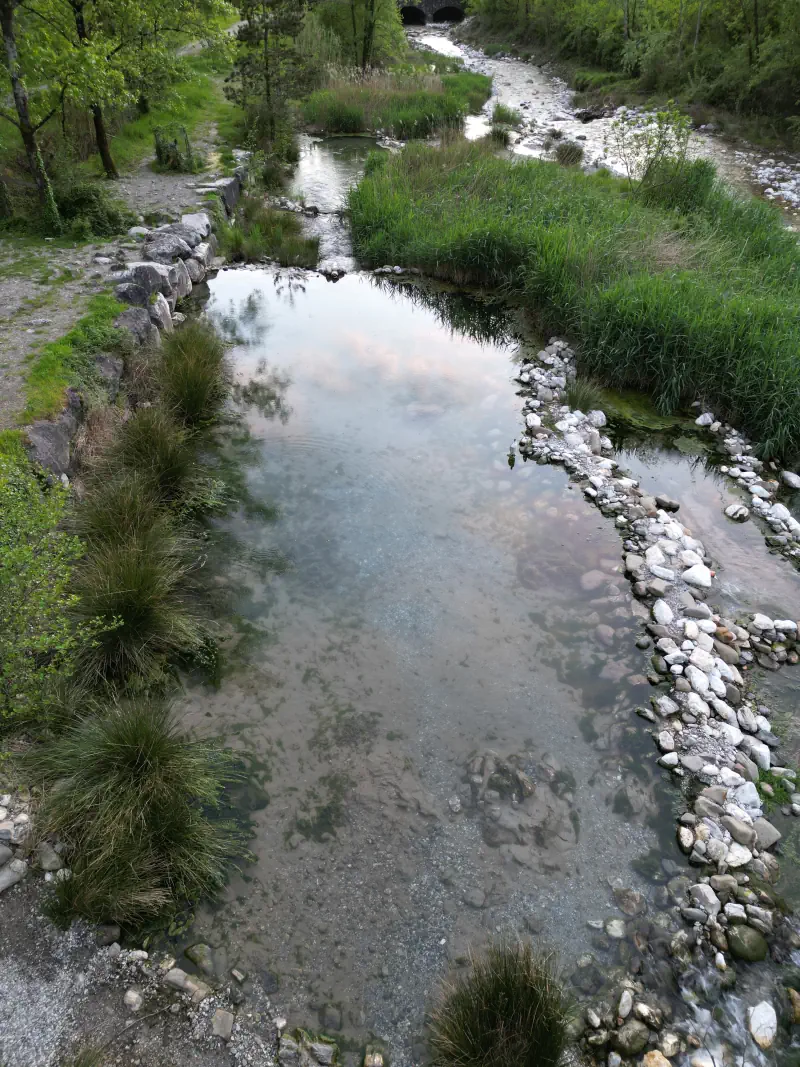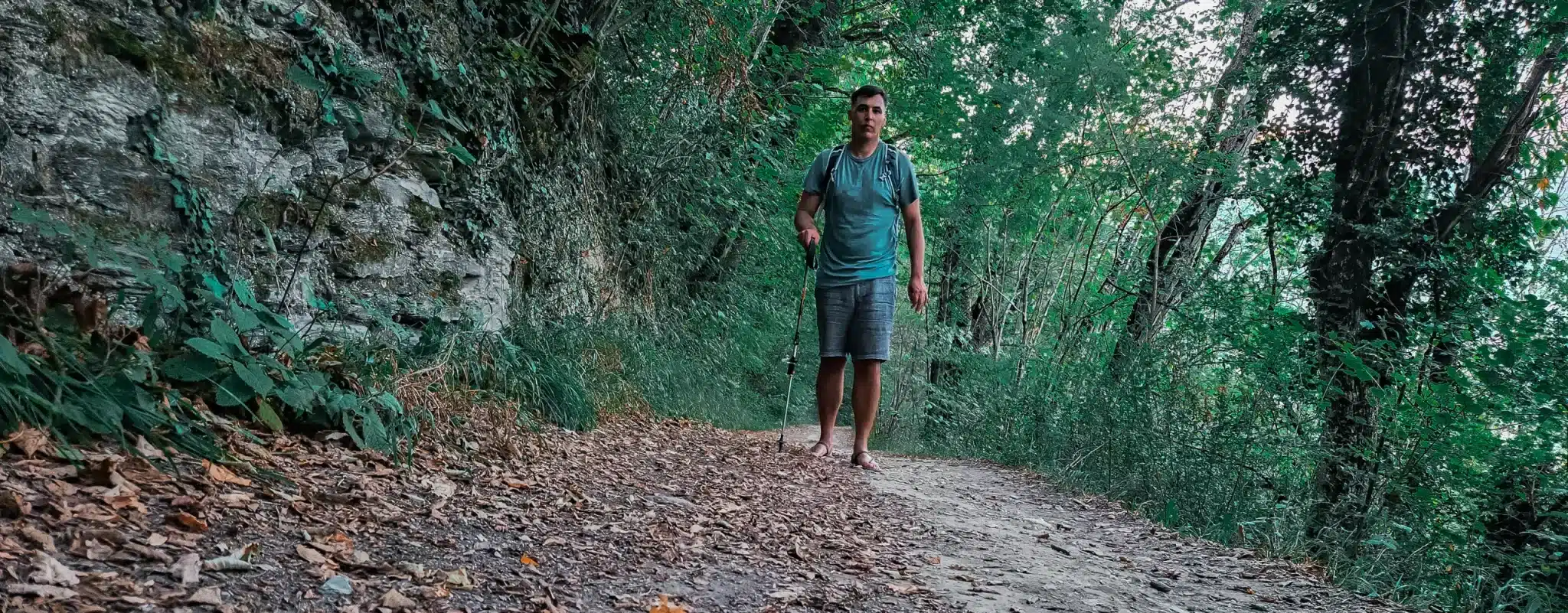Thermal baths in Tuscany: the hot springs you need to know
- Nature Source Chaude
- Published on
- Updated on 30 June 2025
There are many hot springs in Italy, especially in Tuscany, a hilly, wooded and picturesque region. Most of them were visited by the Romans, who were great fans of thermal water. Over time, many thermal baths were built to exploit these springs.
In this article you’ll discover that there are still many places where you can enjoy a free thermal bath, often close to a spa establishment. Easily accessible, these places will allow you to recharge your batteries and enjoy the benefits of natural hot springs.
Table of Contents
Map of the hot springs and thermal baths in Tuscany and the surrounding area
On this map, which is updated regularly, you’ll find the thermal baths in Tuscany and the surrounding area that you can visit without a doctor’s prescription. These thermal baths are supplied with water from thermal springs. They can take one of the following forms:
- Free spas, with or without facilities.
- Paid spas. Some spas have very basic facilities, but are available at very reasonable prices.
- a thermal cave
1. Cascate del Mulino - Saturnia
It is one of the most popular springs during the summer months, both for Italians and for the many travellers who want to visit this beautiful area. It is also the southernmost spring in Tuscany.
A long thermal stream flows past a primitive structure, an old restored mill, and forms the Cascate del Mulino (location here). The Saturnia spring is so abundant, with a flow of 500 litres per second, that it was once enough to power a mill wheel.
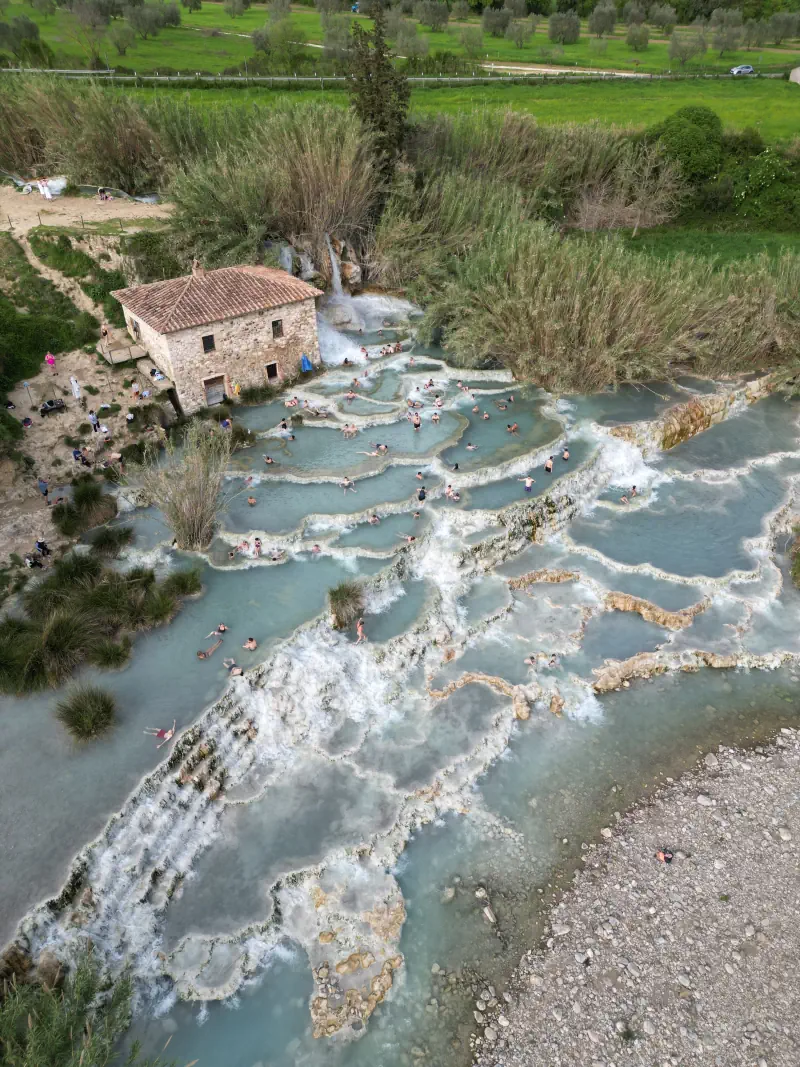
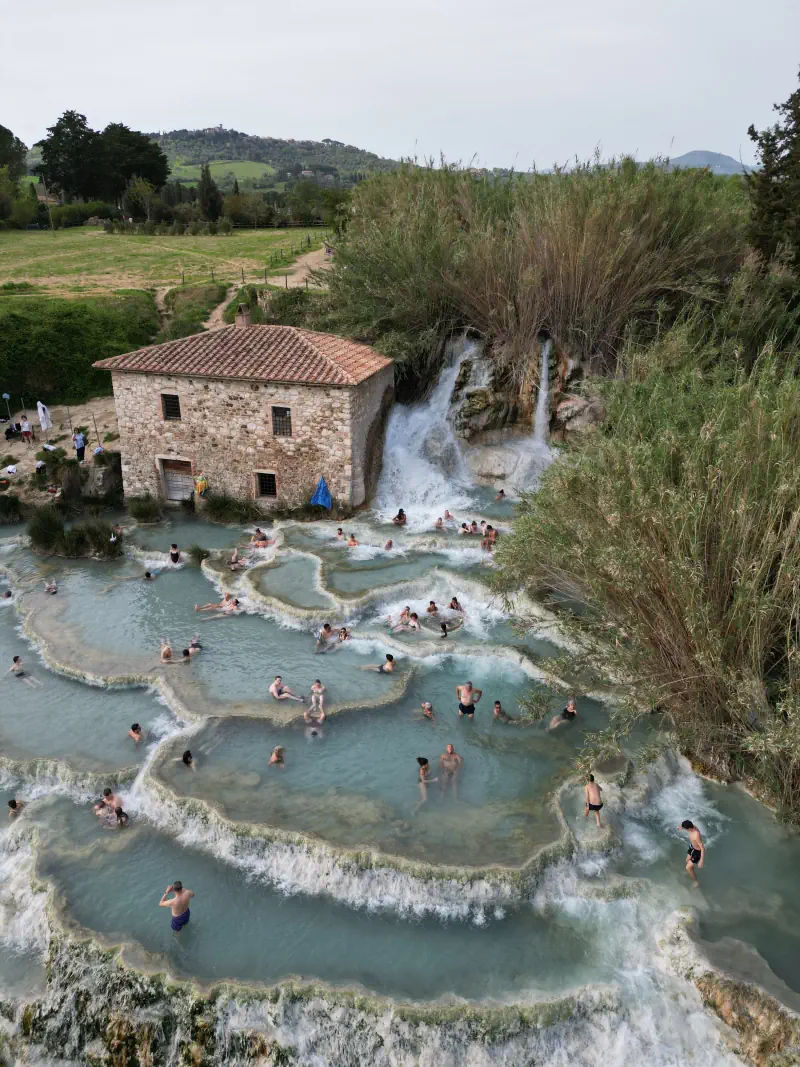
The frothing waters cascade from one cascade to the next (hence the name “cascate del mulino“) and from one pool to the next, providing ample space for a large number of bathers.
All these waters come from the Saturnia spa complex. It is just over a kilometre from the waterfalls. They are rich in minerals, trace elements and organic substances.
It is the second most sulphured spring in Tuscany, with 14 mg/l of hydrogen sulphide, a gas that smells like rotten eggs. The Petriolo spring is the highest with 21 mg/l.
If you’d like to find out more, read the full article Terme di Saturnia: Hot springs to visit in Tuscany.
2. Terme di Petriolo - Bagni di Petriolo
It can be reached by a main road from Siena or Grosseto. The Terme di Petriolo are located between these two cities, in the heart of the Tuscan countryside.
There are very few settlements around the Bagni di Petriolo springs (location here). There is a spa centre and a hotel, separated by a road.
A few steps away from the spa centre there are two areas with thermal baths in a natural setting where you can bathe free of charge. There are pools of different sizes for comfortable bathing. The water temperature varies from pool to pool.
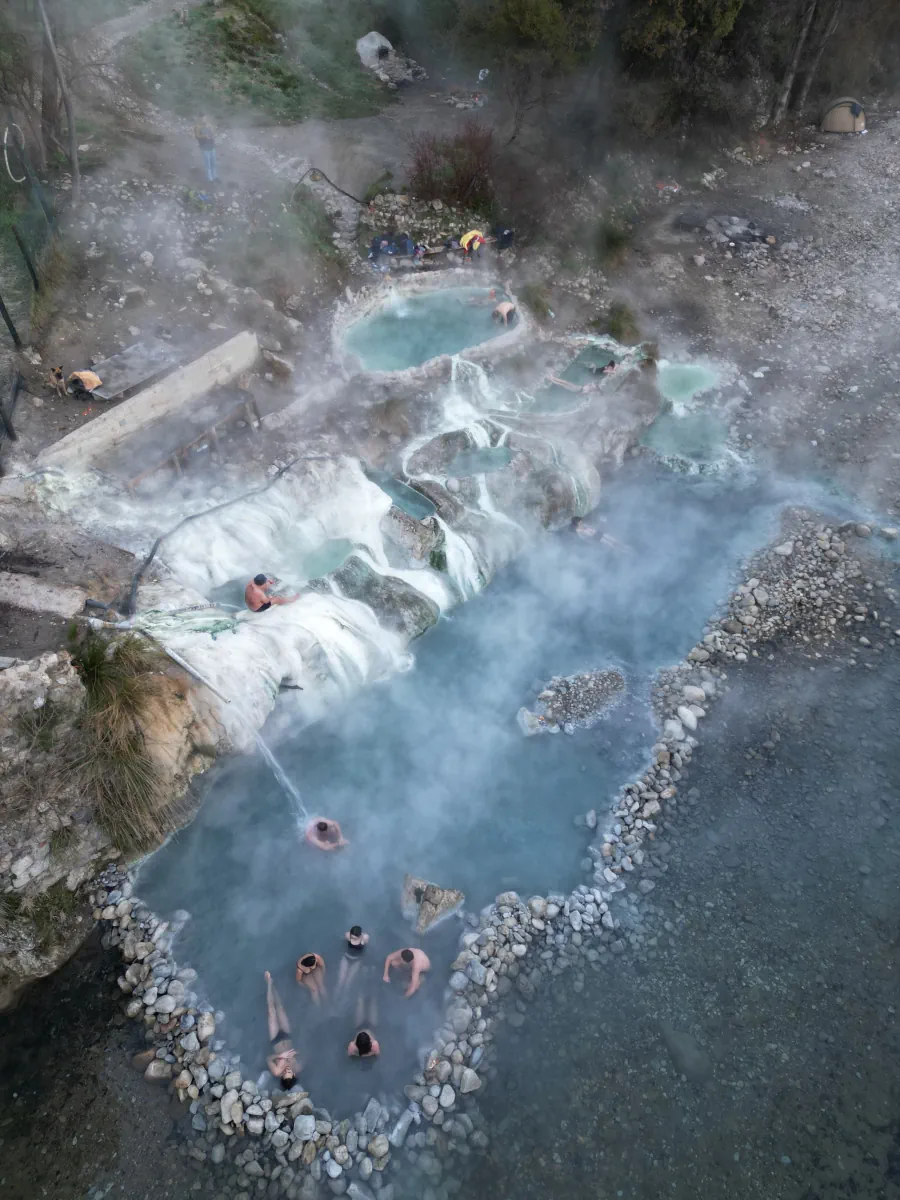
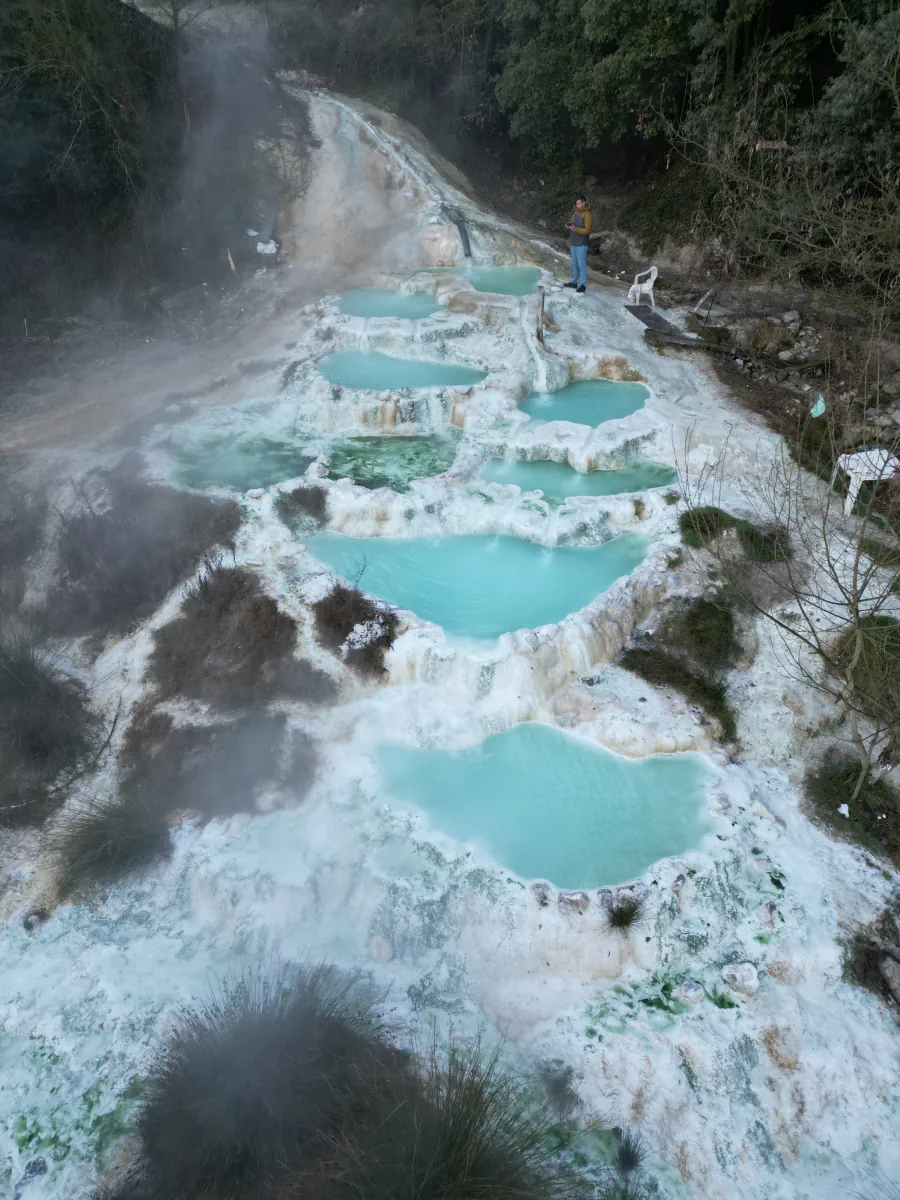
The same thermal spring supplies the two free spas and the spa centre, all located on the banks of the river Farma. This spring, rich in minerals and trace elements, is the most sulphured in Tuscany, with a H₂S concentration of 21 mg/l.
For more information, I suggest you read the article: Terme di Petriolo: Hot springs to visit in Tuscany.
3. Fosso Bianco - Bagni San Filippo
Bagni San Filippo is a village in the Val d’Orcia, one of the most beautiful valleys in Italy, on the edge of Tuscany. These thermal waters come from an ancient volcano, Monte Amiata, and emerge in a wild and picturesque place, the Fosso Bianco, which is very popular with tourists.
How to get there:
To get there, park your car along Via Fosso Bianco, which borders the woods where the thermal springs are located.
To reach the Fosso Bianco, go down the road to the bar ‘La Cascata’ and then take the path opposite.
At the end of the path, on the right, is a rickety bridge and three hot-water pools for bathing. They are not the most inviting, to be honest. But there are others.
If you cross the bridge and go a little further into the woods on the right, you’ll also come across a series of pools created by local people in very pleasant surroundings. The presence of chestnut trees, holm oaks and ferns makes this a truly relaxing place.
If you take the path on the left after the bridge, you will cross some sometimes muddy areas and walk along a stream. Two imposing limestone formations soon appear, the biggest of which is known as ‘Balena Bianca‘ (White Whale).
Several trickles of thermal water gush from the top of these mounds and cascade down to the stream, where they mix with the cold water.
On the smallest mound you’ll find some hot water pools (about 40 degrees) that are very popular with tourists. Patience is sometimes required to enjoy them.
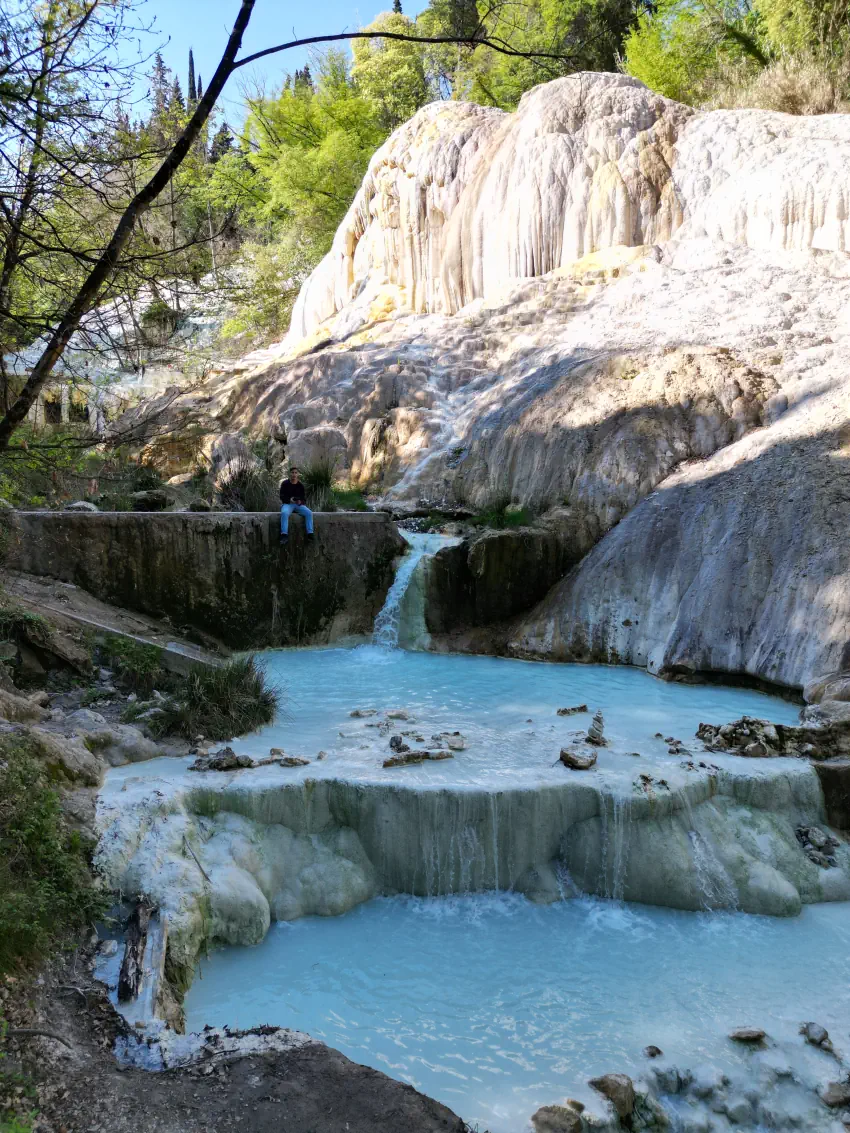
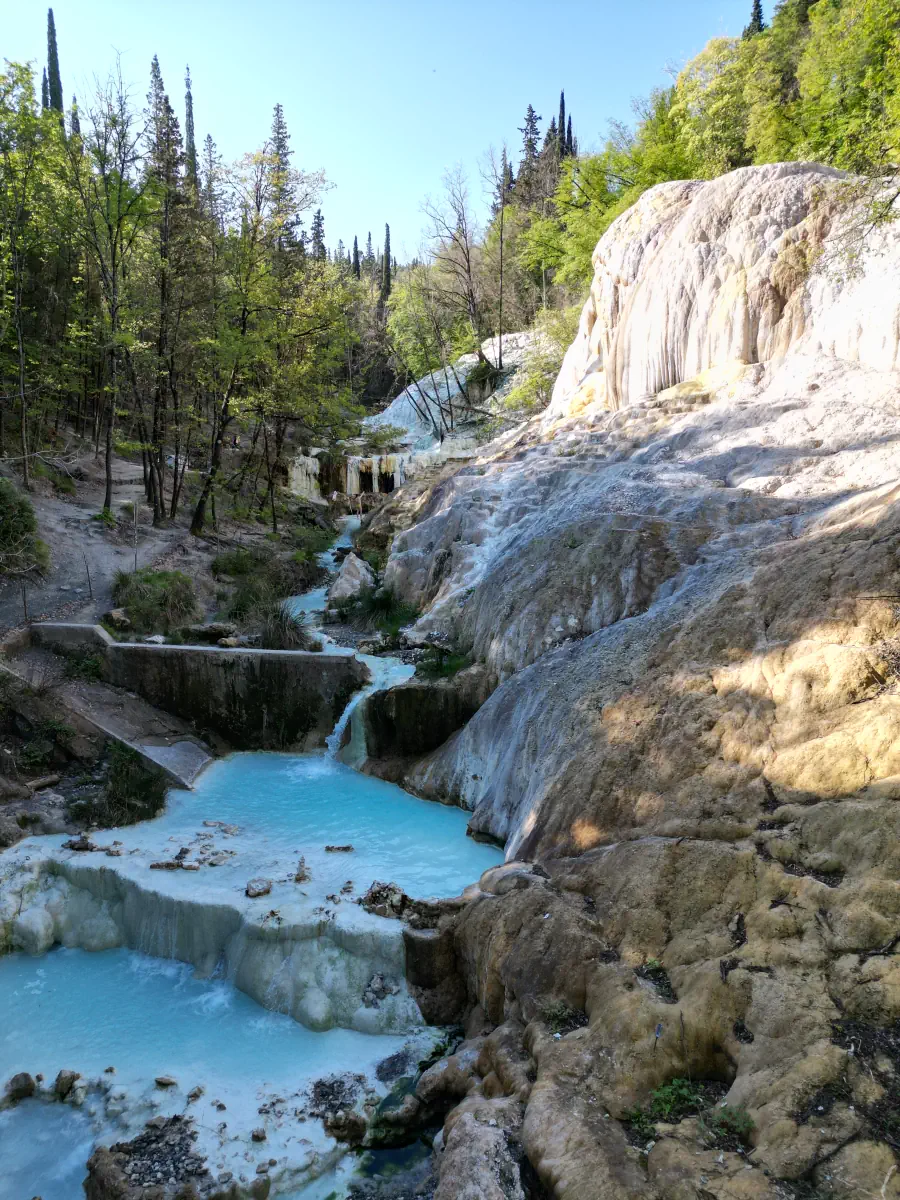
On the other hand, the stream offers larger soaking areas in places, with varying temperatures (cold or warm).
A little further down, where the White Whale comes to a halt, you can see an old building. This appears to have been a spa establishment, no longer in use.
4. Antiche Terme Romane - Bagno Vignoni
Bagno Vignoni is a village in the Val d’Orcia, about twenty kilometres from Bagni San Filippo.
A beautiful square in the centre of the village, known as Piazza delle Sorgenti (Square of the Springs), will delight the visitor’s palate with its many restaurants. But the elegance of the place is above all due to the presence of a large rectangular pool from which the thermal water gushes out at 49 degrees. I measured a temperature of 33 degrees at the edge of the pool, but soaking is forbidden, as indicated on our map.
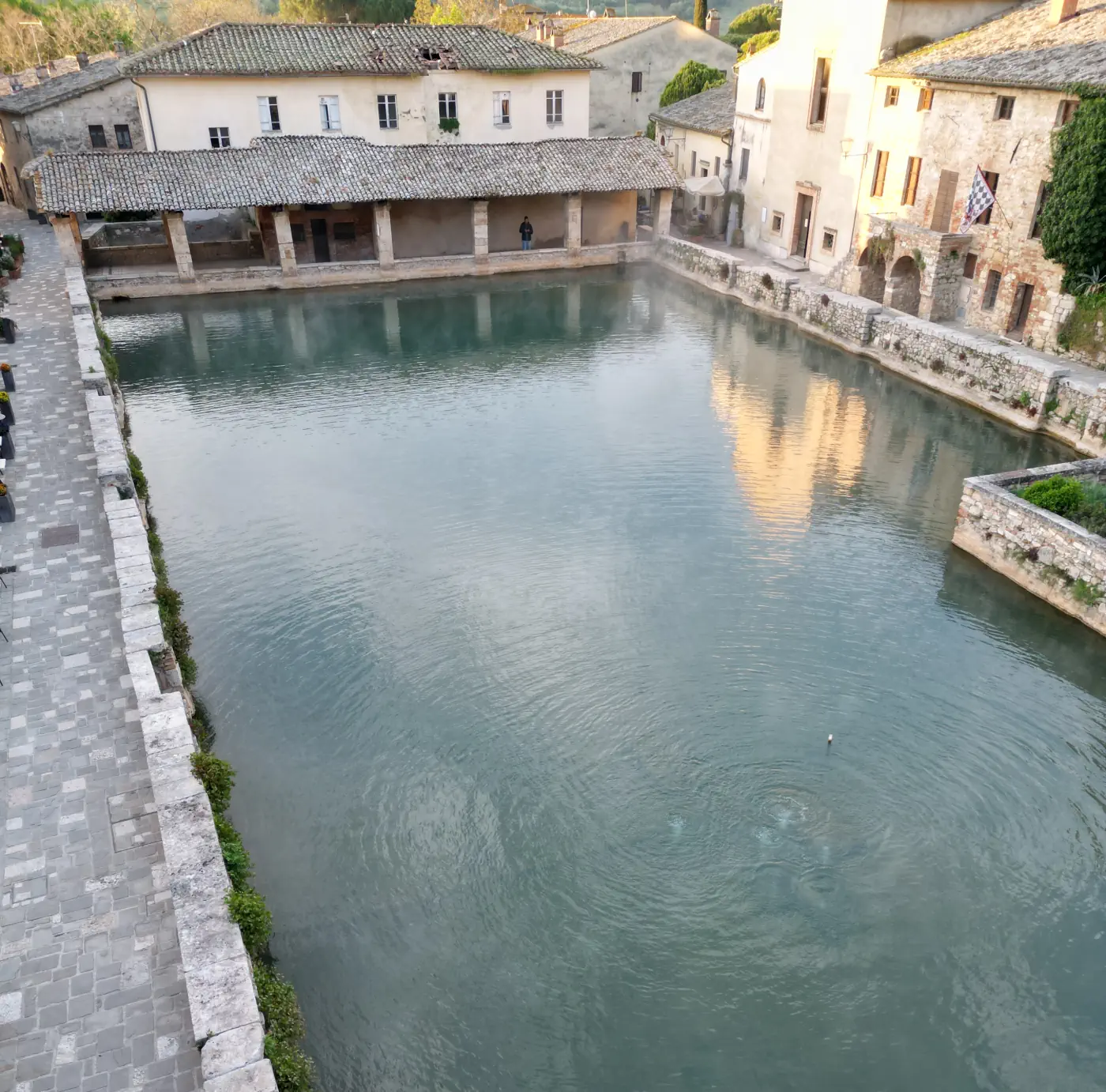
The thermal water then flows through a canal into the Parco dei mulini (‘Mills Park’), which has only kept its name. Today only the ruins remain.
This water is then channelled through a series of small cascades into a natural pool a few dozen metres below.
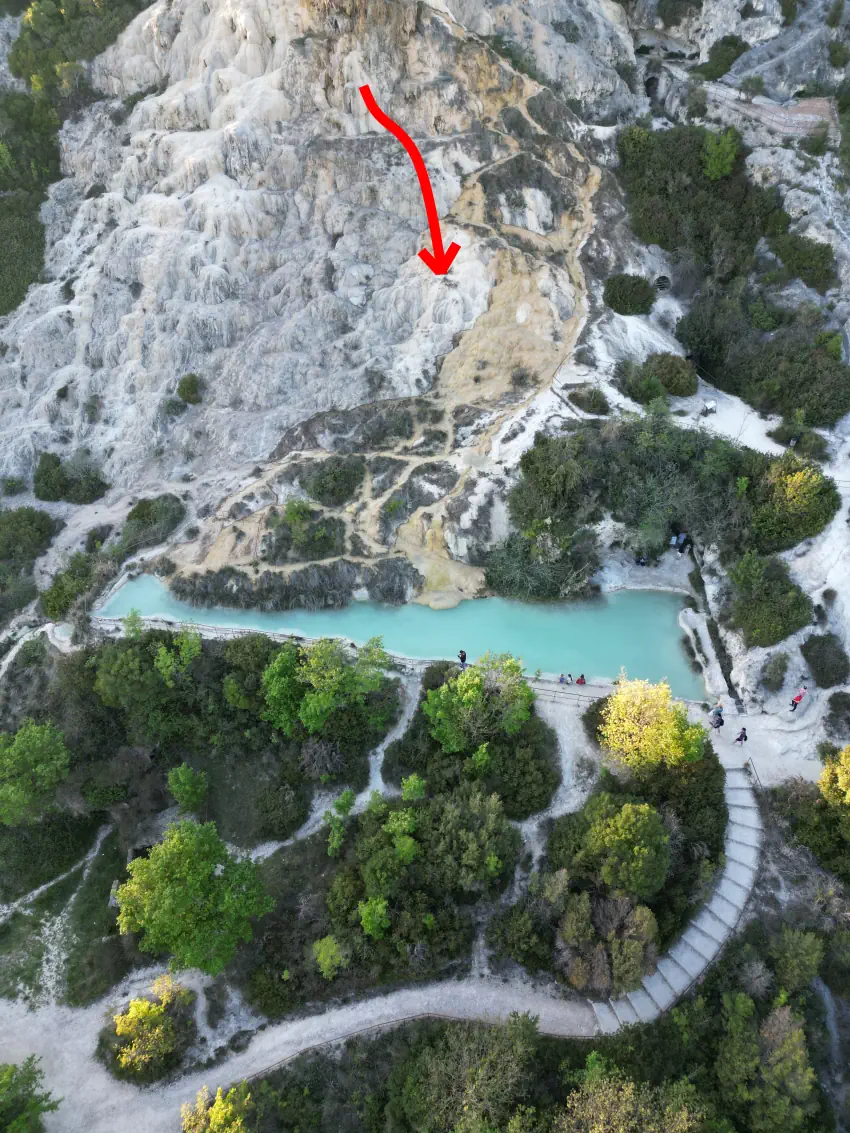
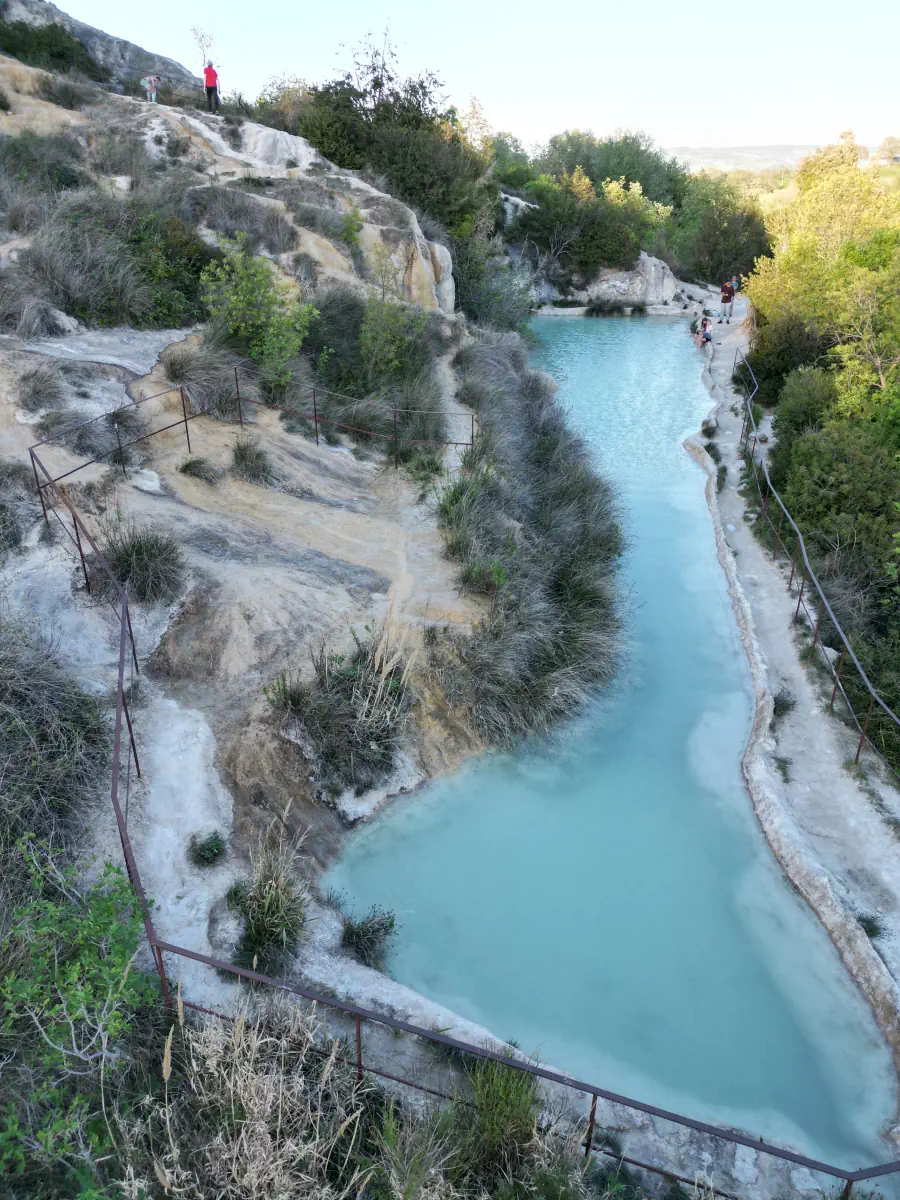
In this pool, the colourless water takes on a milky blue hue that blends in perfectly with the beauty of the surroundings. The bottom, rich in thermal mud, contains numerous minerals that are particularly beneficial to bathers. When I visited in mid-April, the water temperature was 26 degrees and the bathers were already there.
How to get there:
→ A footpath from the large car park next to the Parco dei Mulini will take you there in about ten minutes.
→ Alternatively, you can reach it by car via a dirt track just before entering the village (on the left). This path leads to a car park a few dozen metres from the pool.
5. Bagno Bossolo and Bagno Grande - San Casciano dei Bagni
San Casciano dei Bagni is a town fortunate enough to have more than forty-two truly curative thermal springs. Several of these thermal springs are used in a spa centre, as well as in paid thermal spas. The free baths are located just below the village, a few minutes’ walk from a car park.
From the car park, a 5-10 minute walk down a sloping path leads to a very pretty washhouse, the Bagno Bossolo, which has a useful purpose: as a bath for tired men. The days of washerwomen washing their clothes in the washhouses are long gone.
If you follow the same path, you’ll reach Bagno Grande in a few minutes, with its three crystal-clear pools.
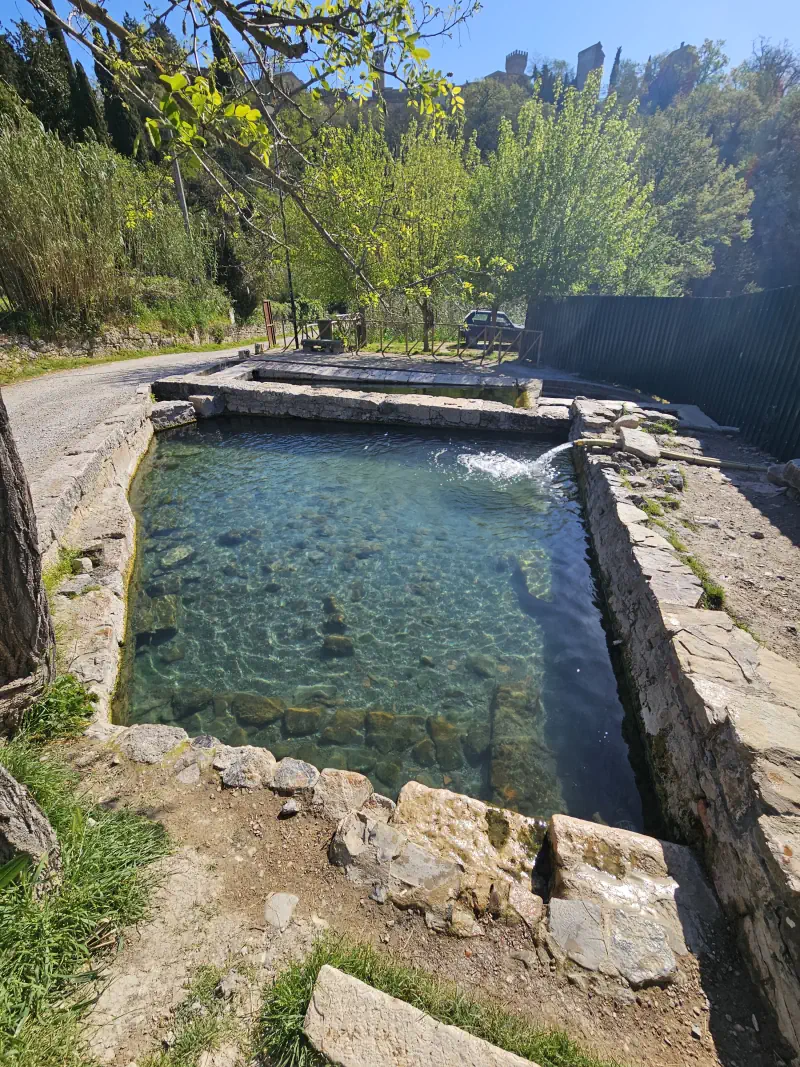
Recent excavations have uncovered more than twenty ancient bronze statues and 5,000 gold, silver and bronze coins near the springs, behind a metal palisade.
This is the most important discovery in the history of the ancient Mediterranean, which explains why the site is so closely guarded.
Used by the Etruscans and Romans over 2,000 years ago, these waters still flow today, attracting visitors out of necessity, curiosity or pleasure. Unfortunately, the site is in danger of disappearing.
At the time of my visit in mid-April 2024, the site was still frequented by bathers, but the excavations are due to extend to the pools in the near future.
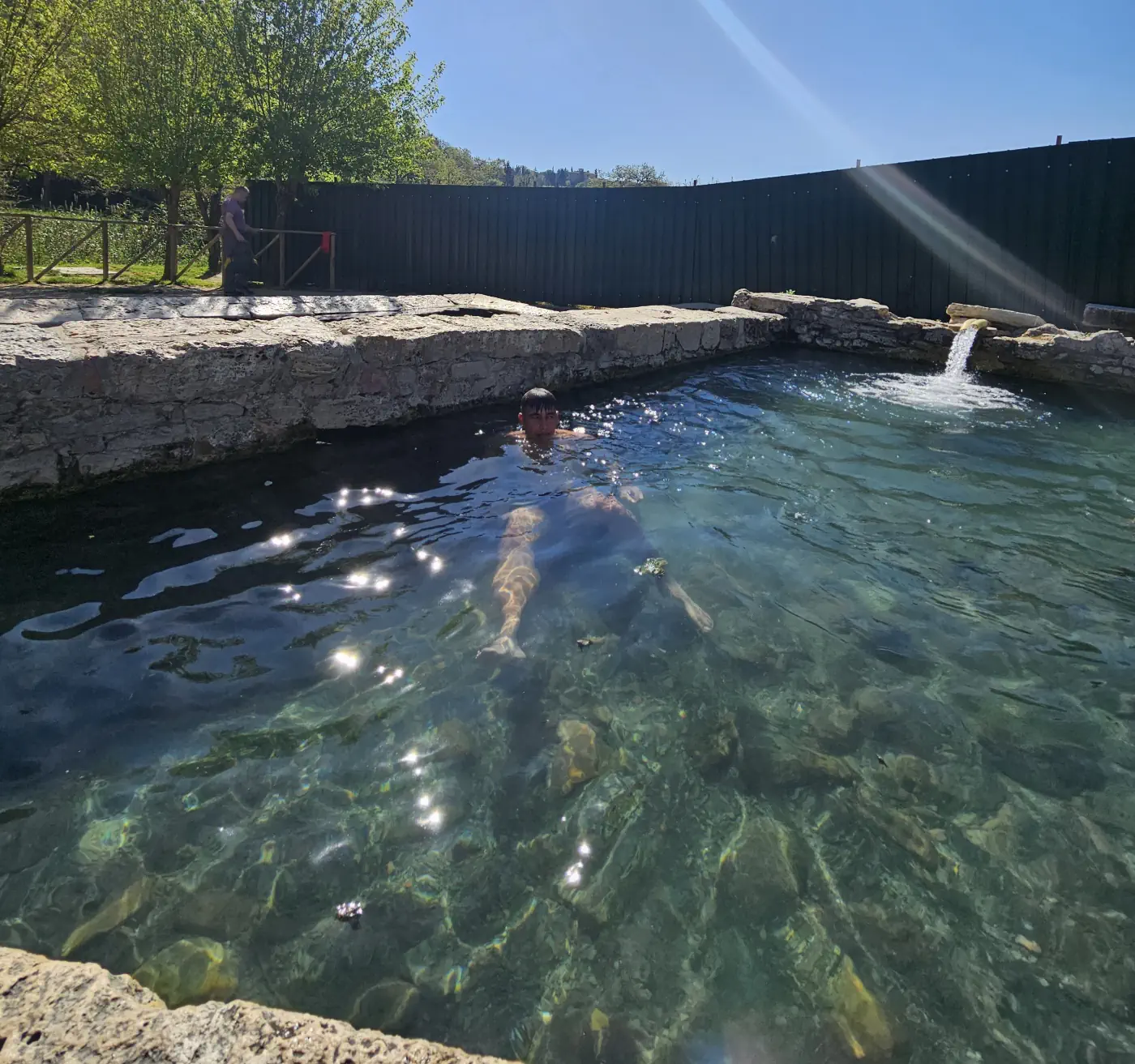
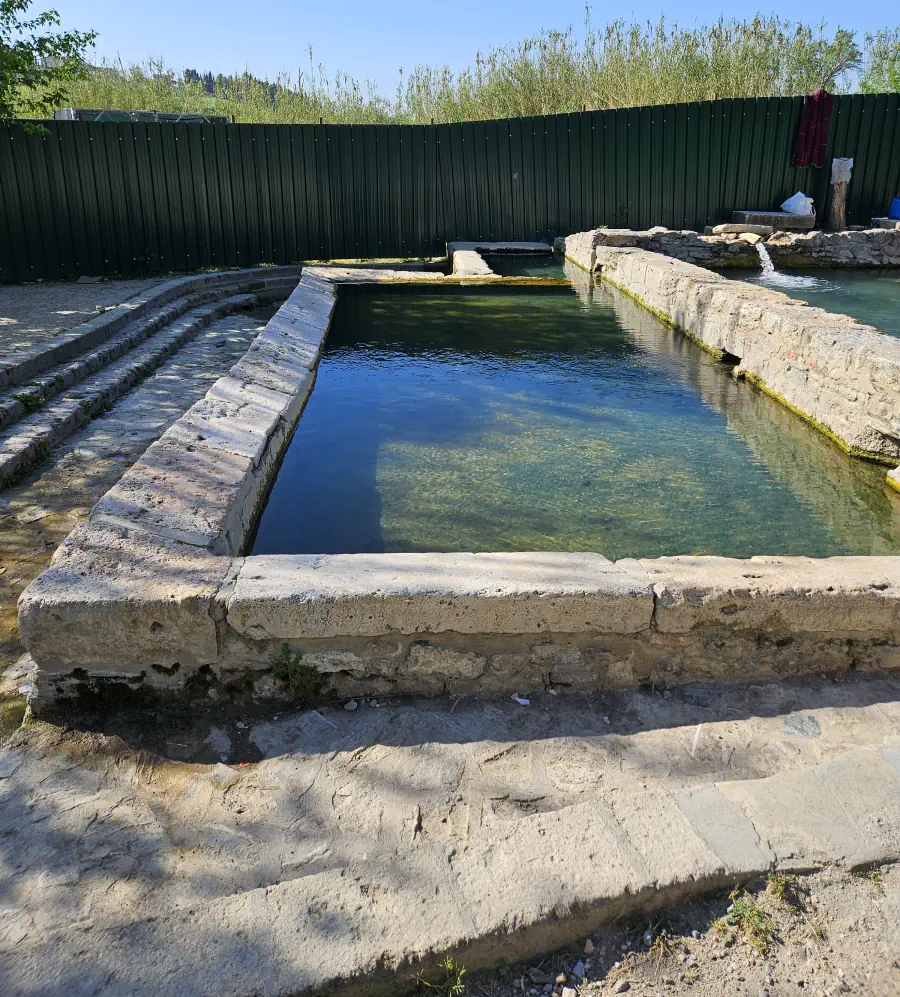
6. Bozzetti Termali - Equi Terme
Equi Terme is a pleasant village in the heart of the Apuan Alps, in north-western Tuscany. The village is impressive for the height of its mountains, which seem to disappear into the sky.
There are also pools that collect warm water from natural underground springs known since ancient times. These are collected by a spa centre and then, a little further up, by the Bozetti, built on the bed of the Catenelle stream (location here).
The Bozzetti are puddles that the locals traditionally set up with stones collected in the area every spring.
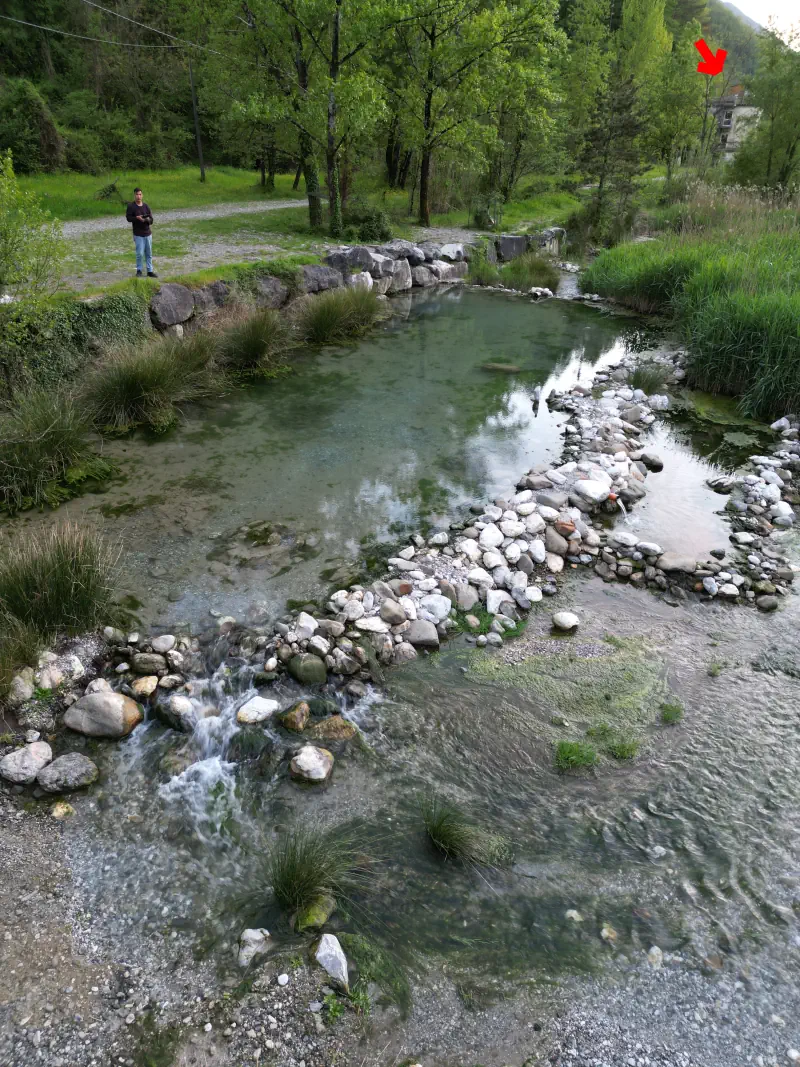
In the large Bozzetti, clear water reveals a continuous and abundant release of gas bubbles. At first glance, one might think the water was hot, but it was actually only around 20 °C (measured in April). Meanwhile, the stream was 10 °C.
Summer is the season for soaking. The water temperature needs to be at least 25 degrees for you to soak or splash around without discomfort. You’ll be able to enjoy it for longer.
These chloride, sulphate and sodium spring waters are used to treat skin conditions, bone disorders, joint and muscle diseases and respiratory ailments.
Another site not to be missed in the area:
The Grotte di Equi (entrance fee) is another natural wonder that’s a must if you’re in the area.
7. Terme di Bullicame - Viterbo
The sick of the region have always flocked to the thermal baths of Viterbo for relief. In fact, the region owes its wealth to the many thermal springs renowned for their virtues, making it a favourite destination for those seeking wellbeing and relaxation.
Several spas establishments have been built around the springs to exploit them. However, some of the springs are still easily accessible. You can even take advantage of these waters for free by soaking in natural pools.
The Bullicame Thermal Baths (location here) are located just over 3 km from the centre of Viterbo, in a fenced park. There are two free natural pools surrounded by a field. There is also a military base nearby. The entrance to the park is through a gate near the car park. A caretaker opens the park at 8 a.m. and closes it in the evening.
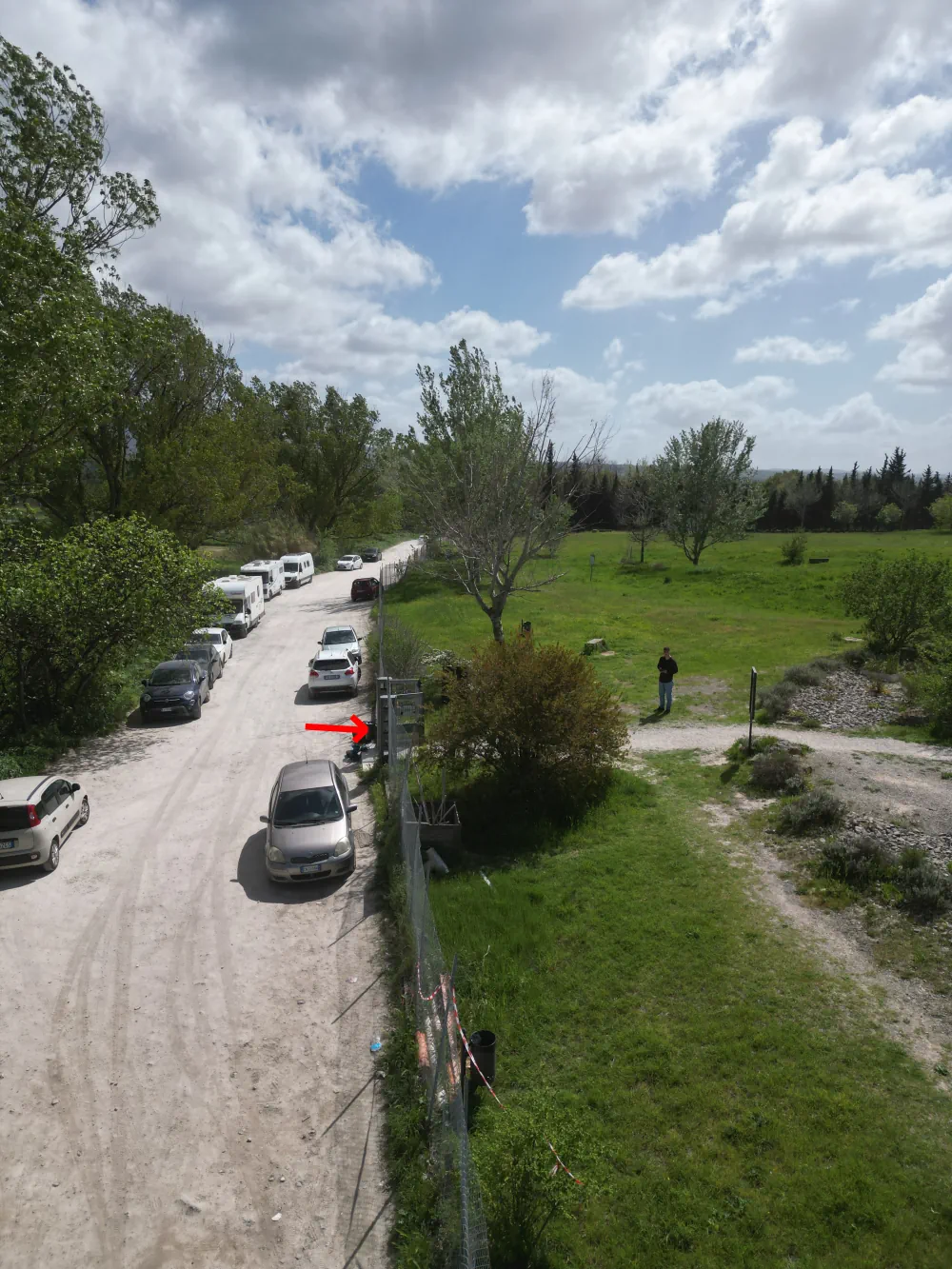
The Bullicame thermal spring is one of the most famous in Viterbo. It is located in a protected area because of its high temperature.
The water gushes out just a few dozen metres from the pools. A natural canal, whose surface is covered with thermal plankton, brings the water to the limestone pools.
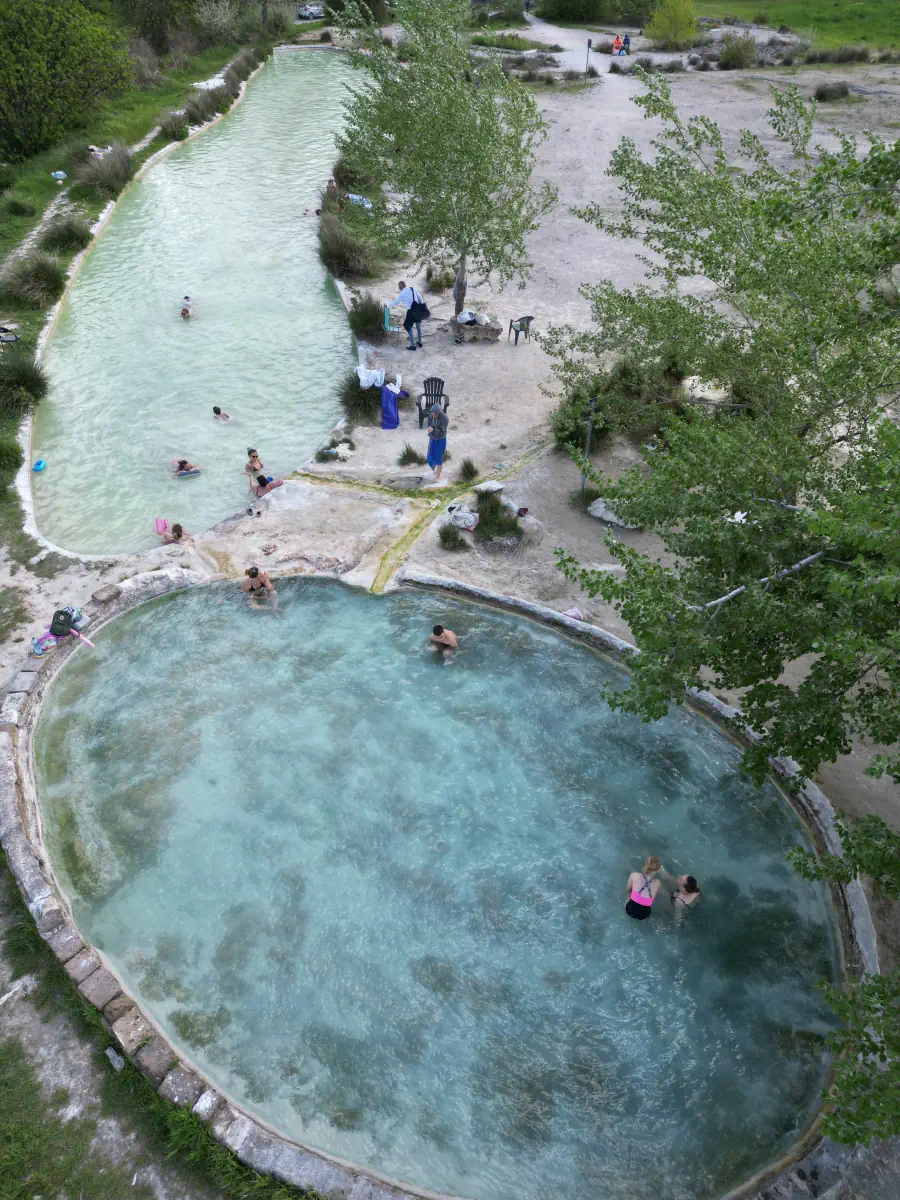
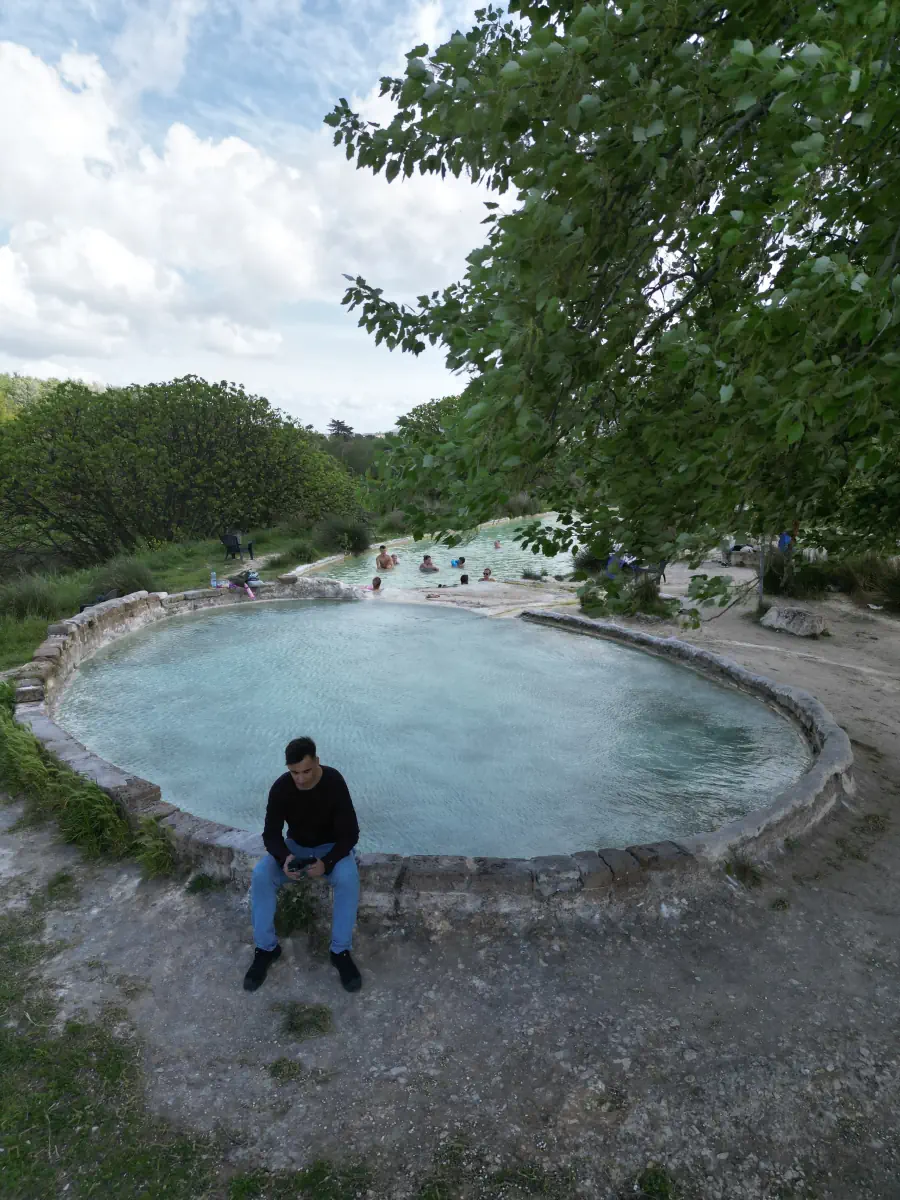
When I visited, the water temperature in the circular pool was around 41 degrees. The temperature in the large pool is lower, depending on where you bathe.
8. Piscine Carletti
The Carletti Pools (location here) are a ten-minute walk from the Terme di Bullicame, less than a kilometre away. Also nearby are the Terme dei Papi, a fee-paying spa that is well known in the area. It uses a thermal spring that has been exploited since ancient times, making it a place steeped in history.
There is also a large unattended car park near the pools.
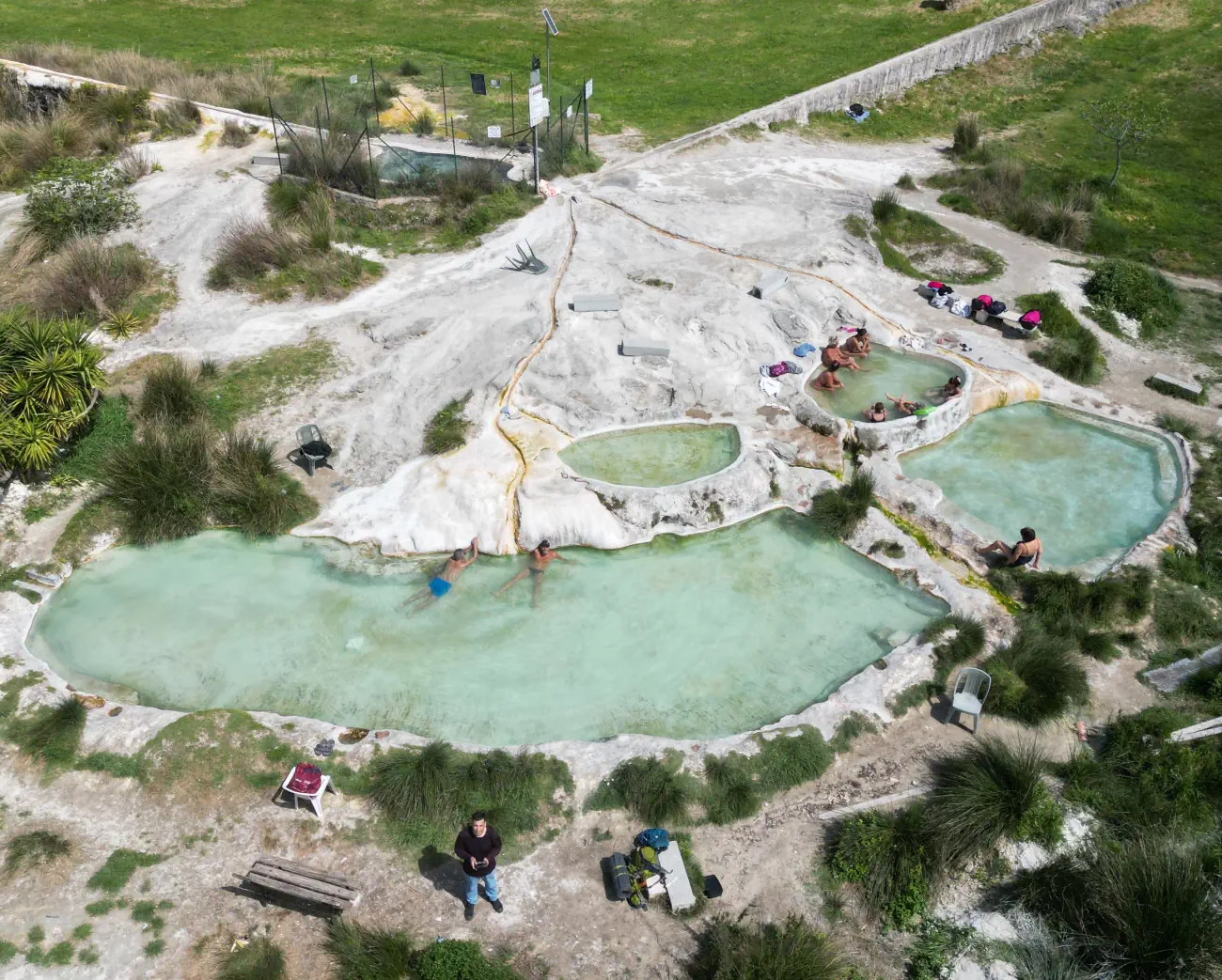
The lack of shelter allows the Carletti thermal spring to flourish freely. A simple fence protects the spring from possible negative influences. It also preserves an environment in which the micro-organisms that thrive there can survive. These micro-organisms are essential for the quality of the water and are an inseparable part of the thermal spring. For more information, please read the article The soil, base layer and living medium of a hot spring.
The water, which gushes out at a temperature of around 58 degrees, feeds two small channels that distribute the thermal water into four pools. The water temperature in the small pool on the left is 43 degrees, and 41.5 degrees in the pool occupied by the six bathers. The large pool (with two bathers) has a more reasonable temperature of around 37 degrees.
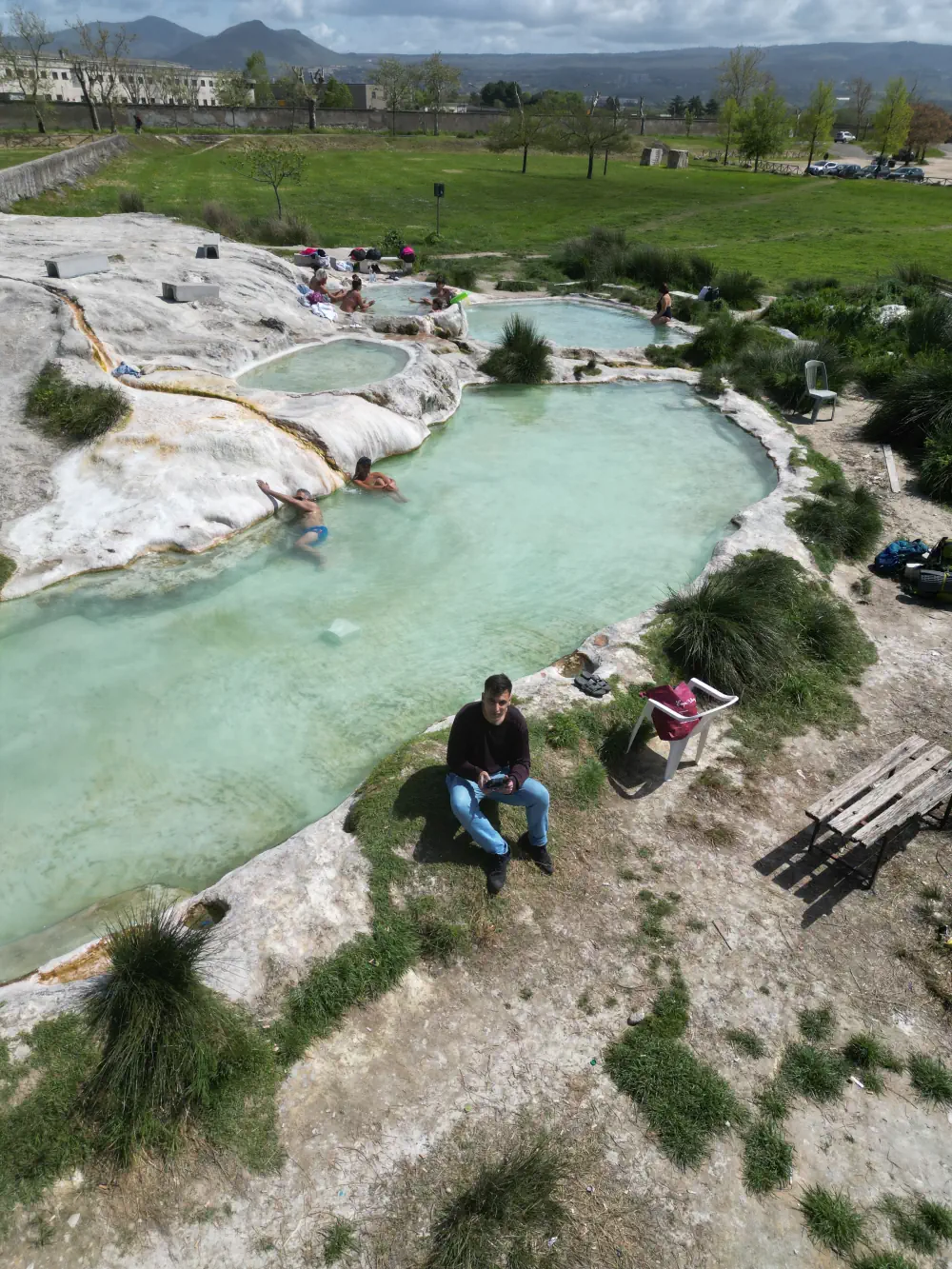
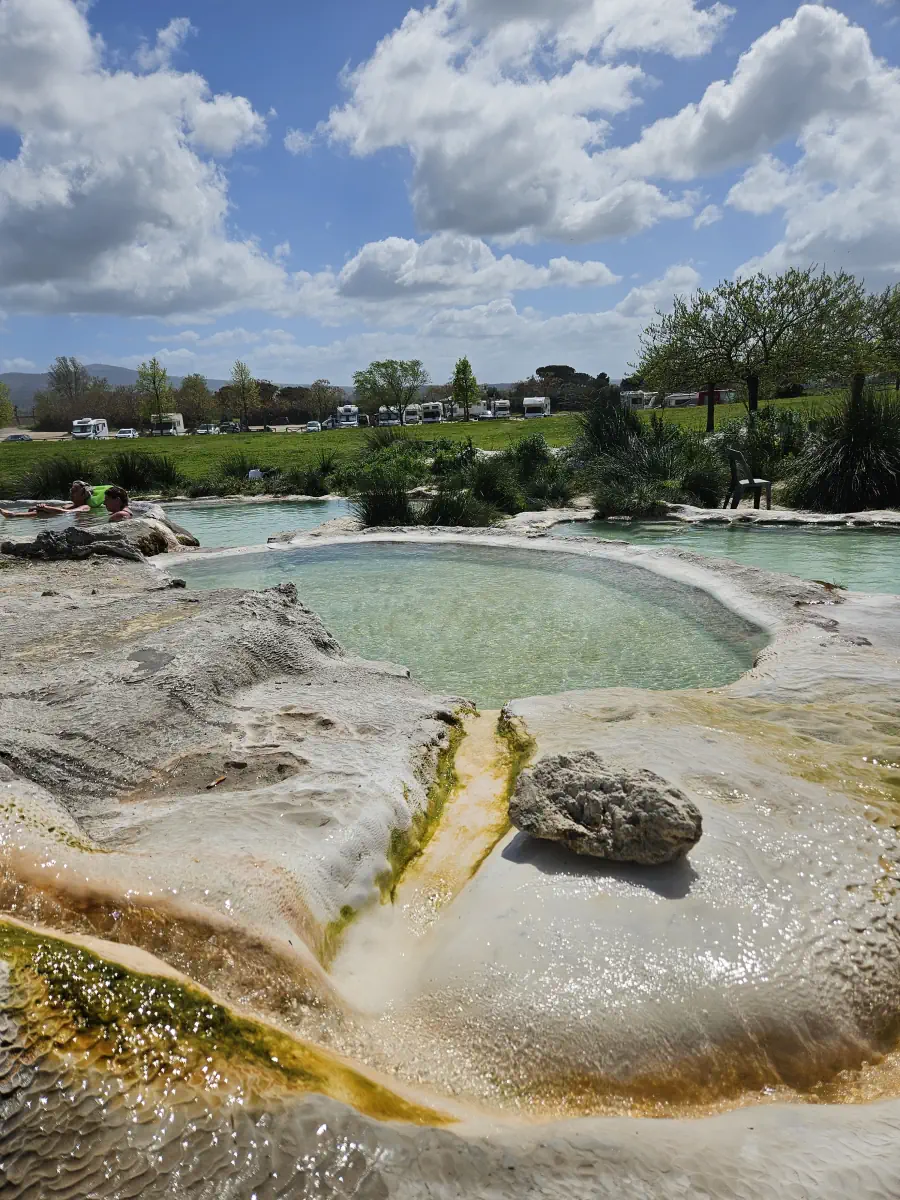
The Carletti pools are surrounded by a field and there are no on-site facilities. So there’s no shelter from the rain, no changing rooms and no toilets, but this simplicity gives you all the benefits you need at a lower cost.
The health benefits of hot springs
For thousands of years and all over the world, ancient civilisations have recognised and appreciated the benefits of hot springs. As recent excavations (Bagno Grande) have shown, the Etruscans used to make offerings to the springs as a sign of gratitude.
Since ancient times, spa treatments have been considered a therapeutic method in their own right, making them a millennia-old practice with recognised. The high temperature of the water and its remarkable effectiveness during a bath make it a useful remedy, regardless of its mineral composition. To find out more, read the following article: The Amazing Health Benefits of a Hot Bath.
Mineral water is an effective treatment for many ailments when it comes into direct contact with the skin or mucous membranes (provided the thermal spring water has not been altered):
- respiratory diseases. To find out more, I invite you to read the end of the article: How to Cleanse your Lungs with Simple, Natural Ways?;
- dermatological problems: acne, psoriasis, dermatitis, eczema, etc. can be effectively treated with thermal baths and showers;
- gastrointestinal problems (when used as a drink).
It can also be useful in the treatment of rheumatism and bone diseases: hot springs rich in minerals, trace elements and organic substances are particularly effective in this type of disease.


